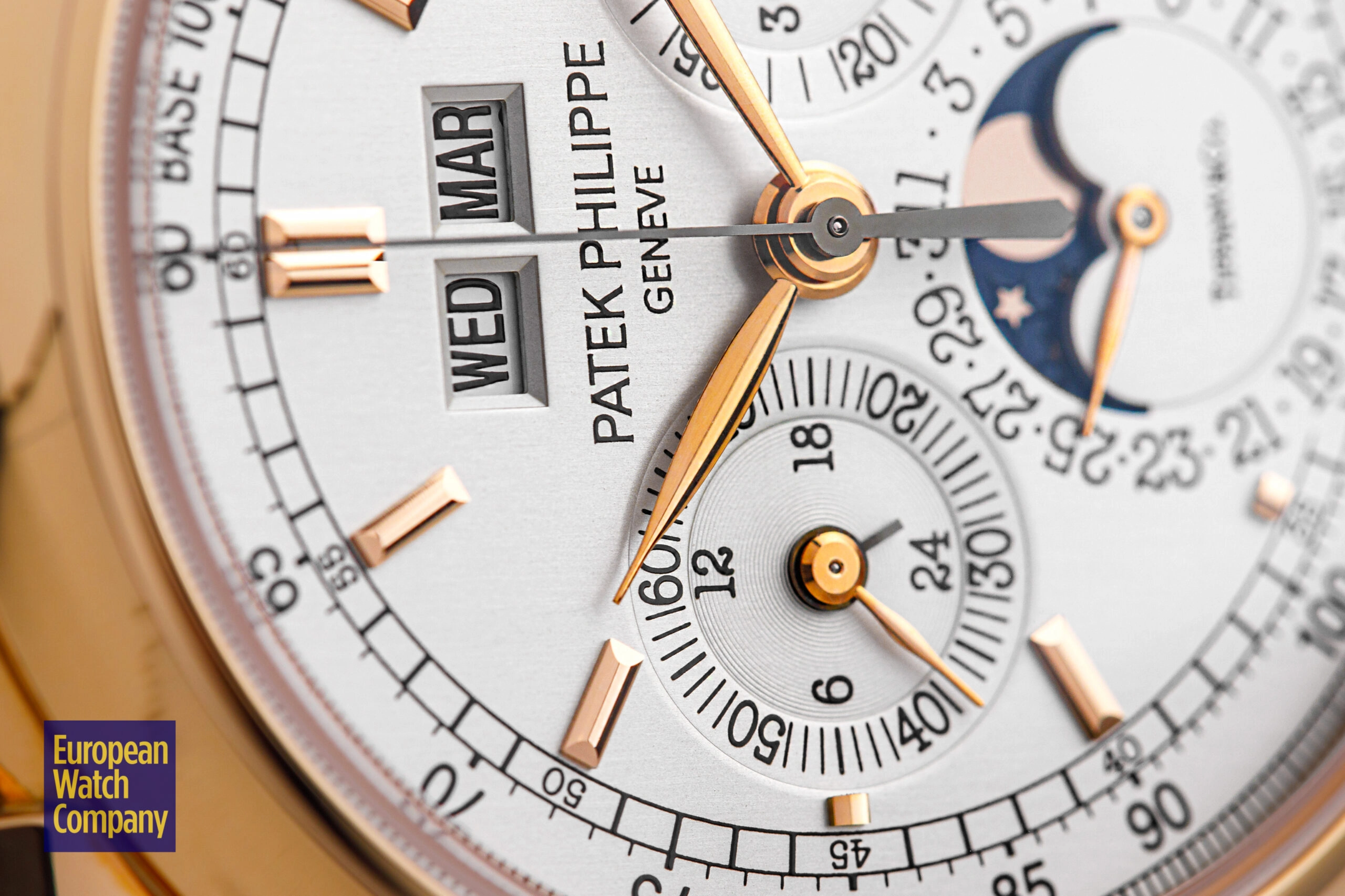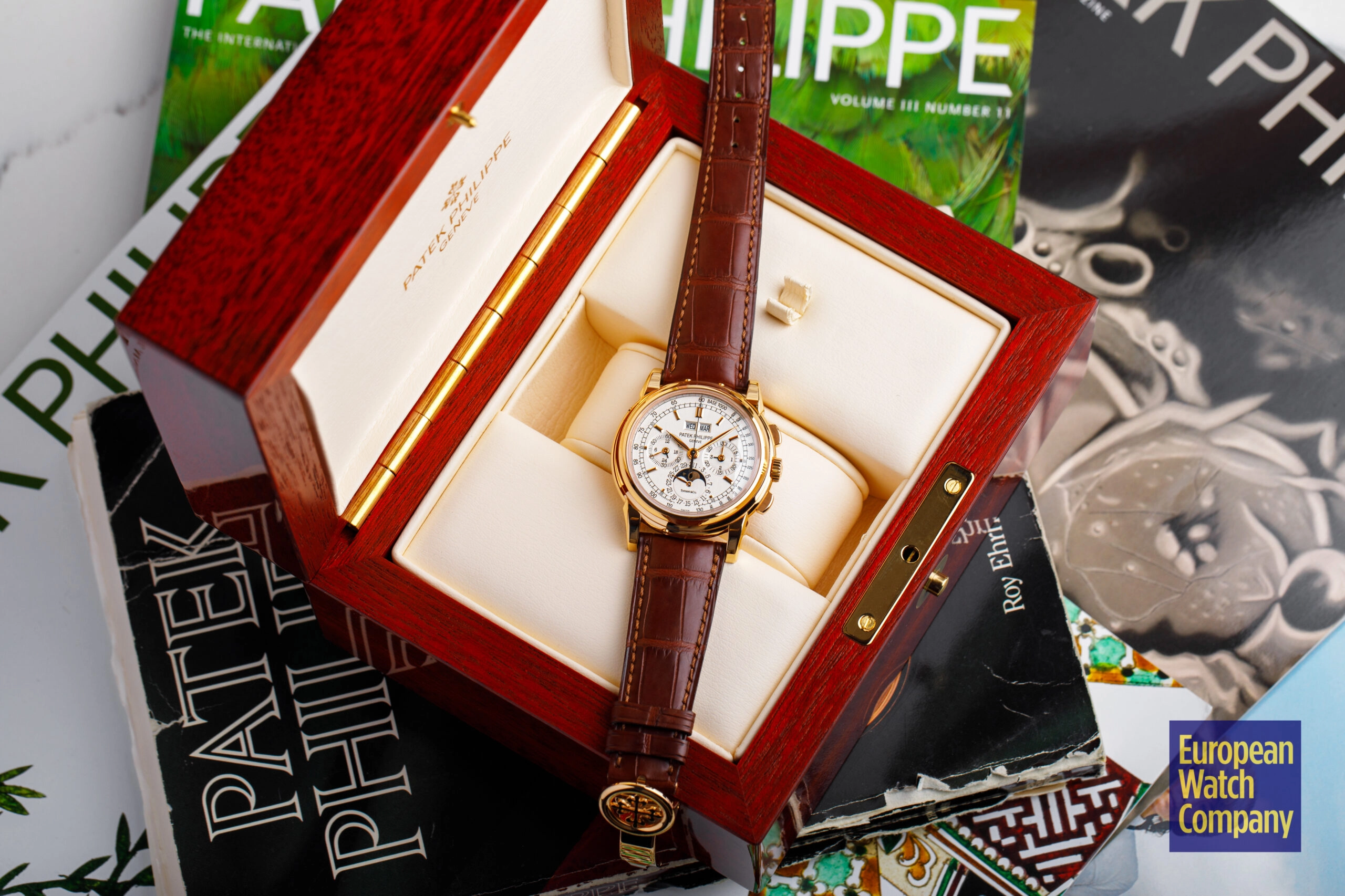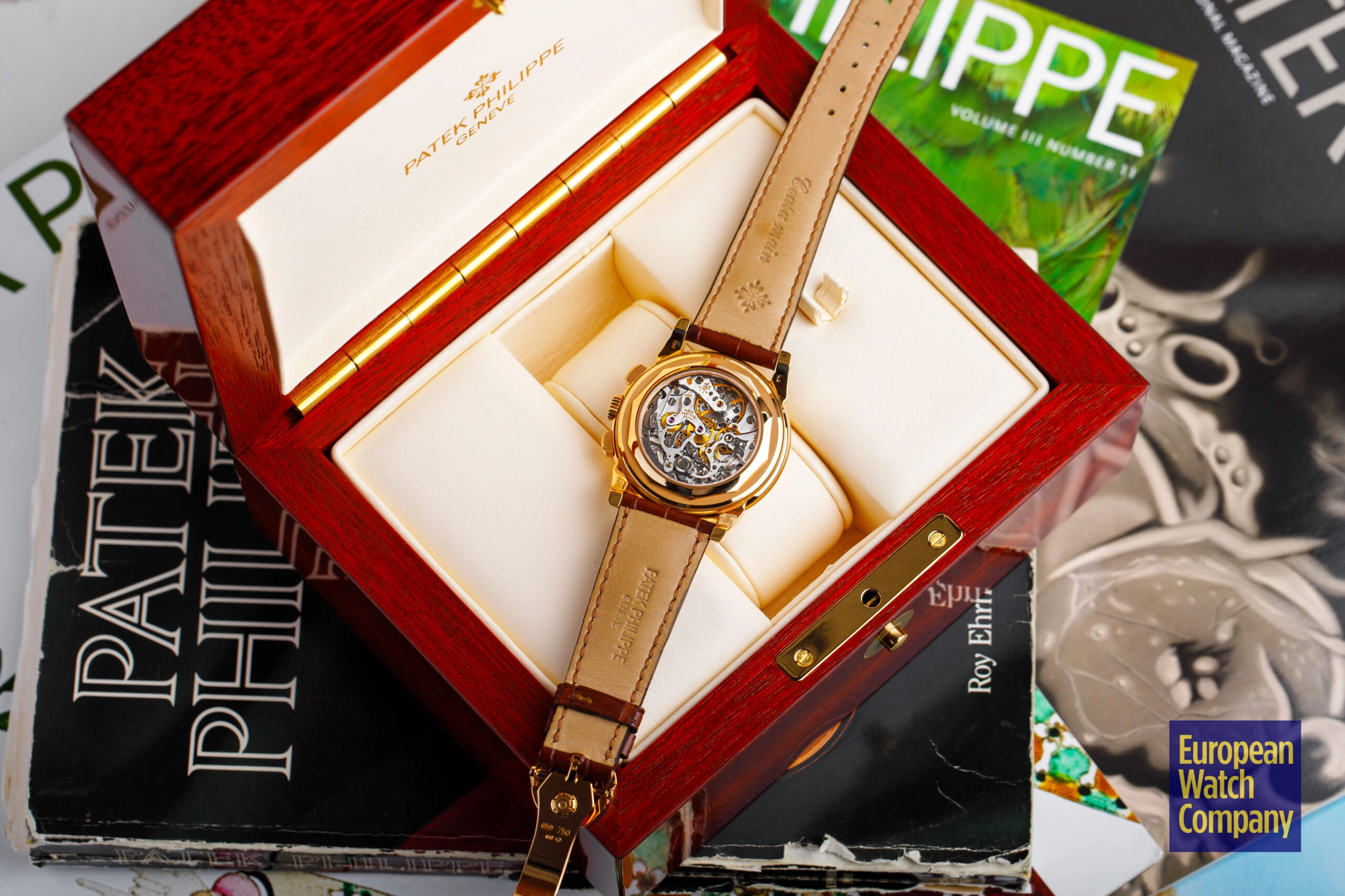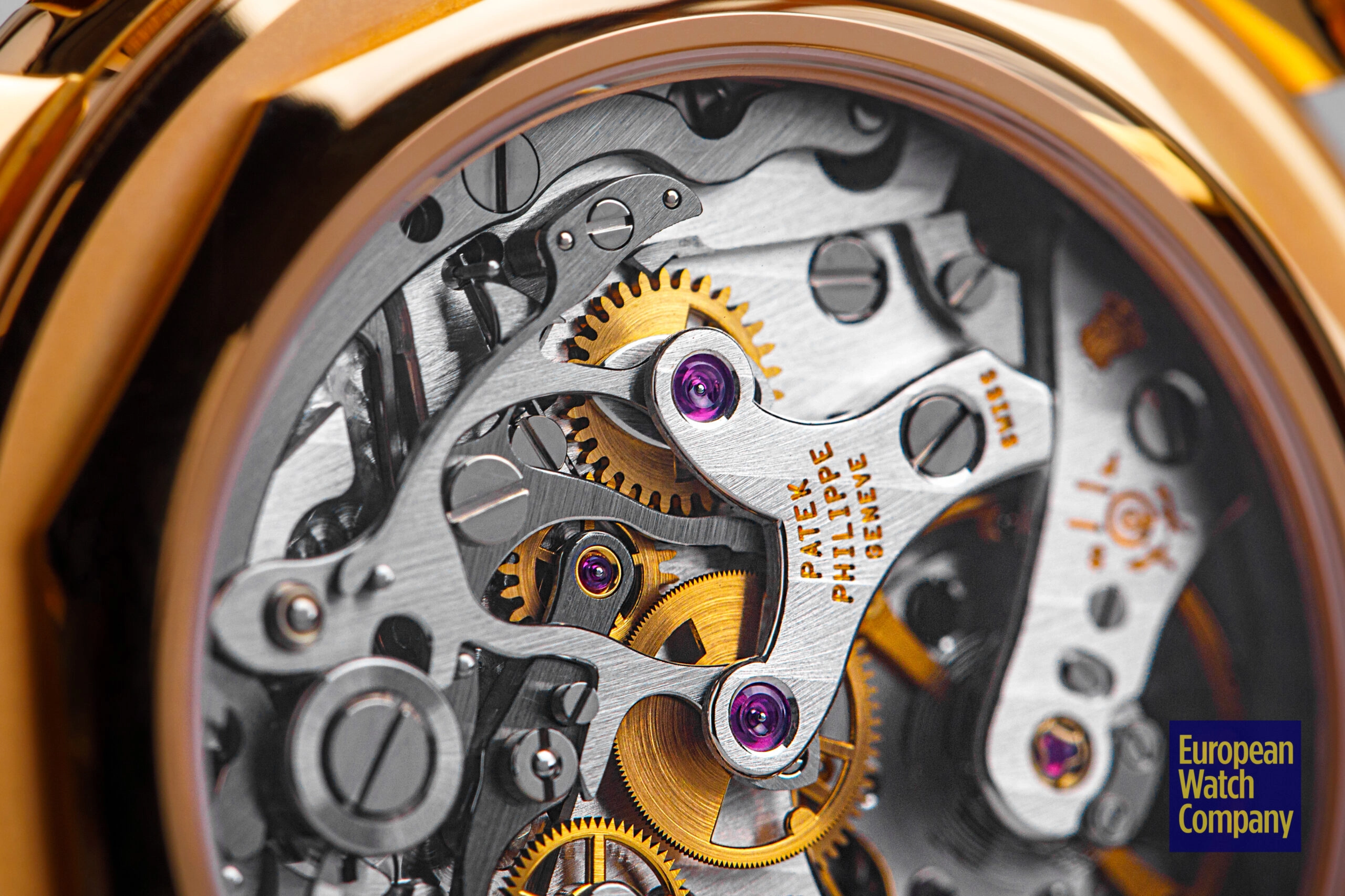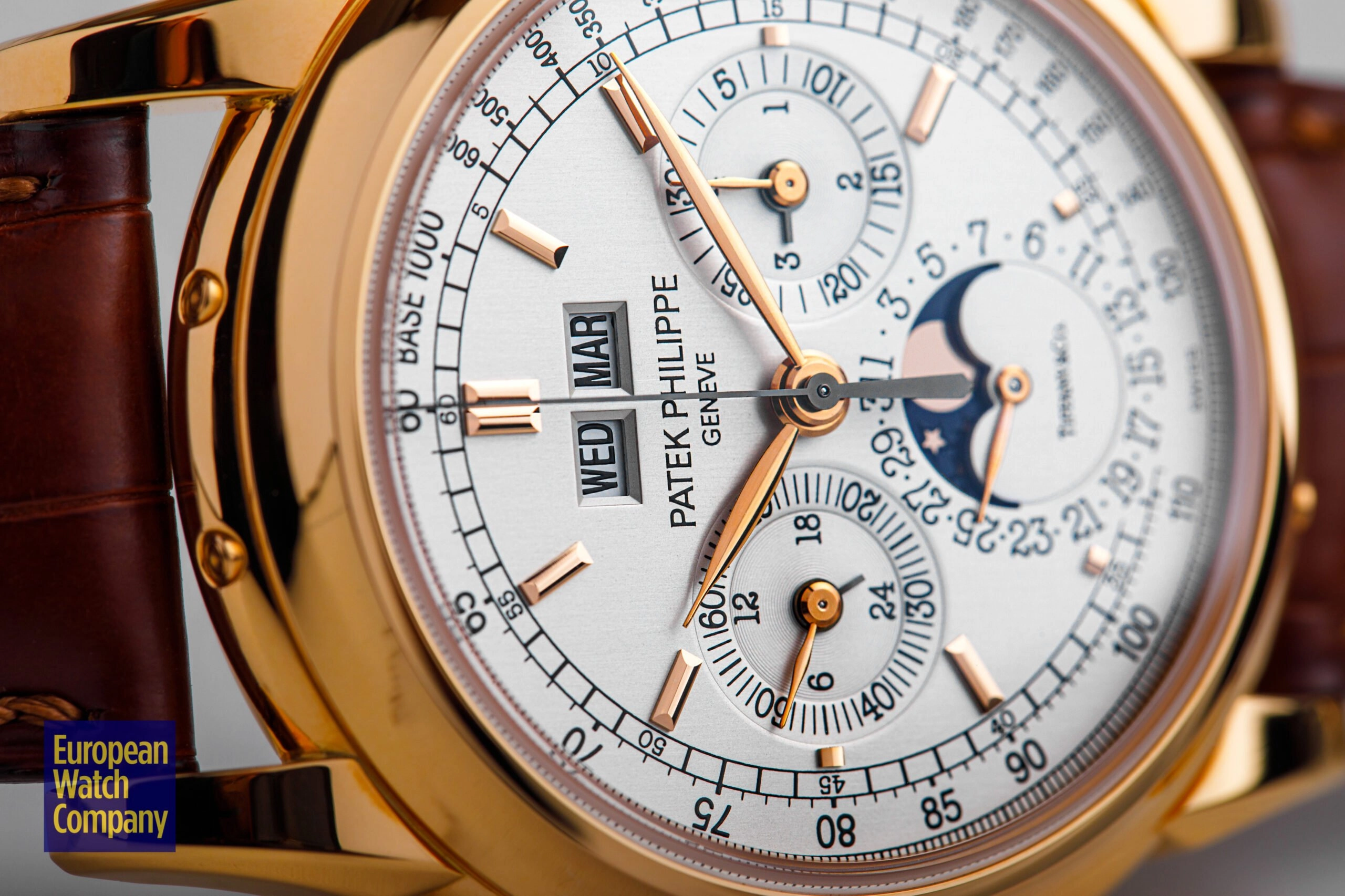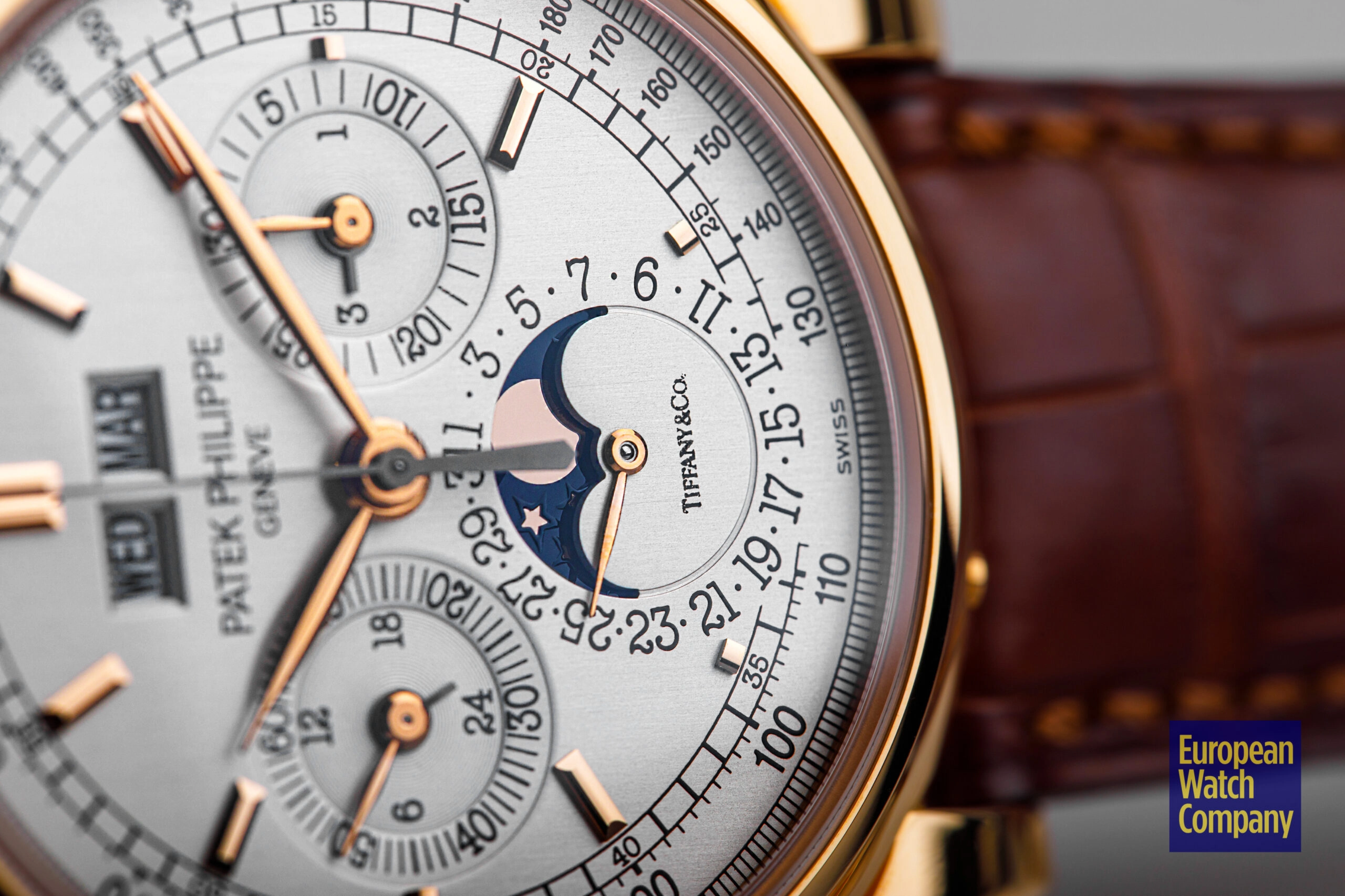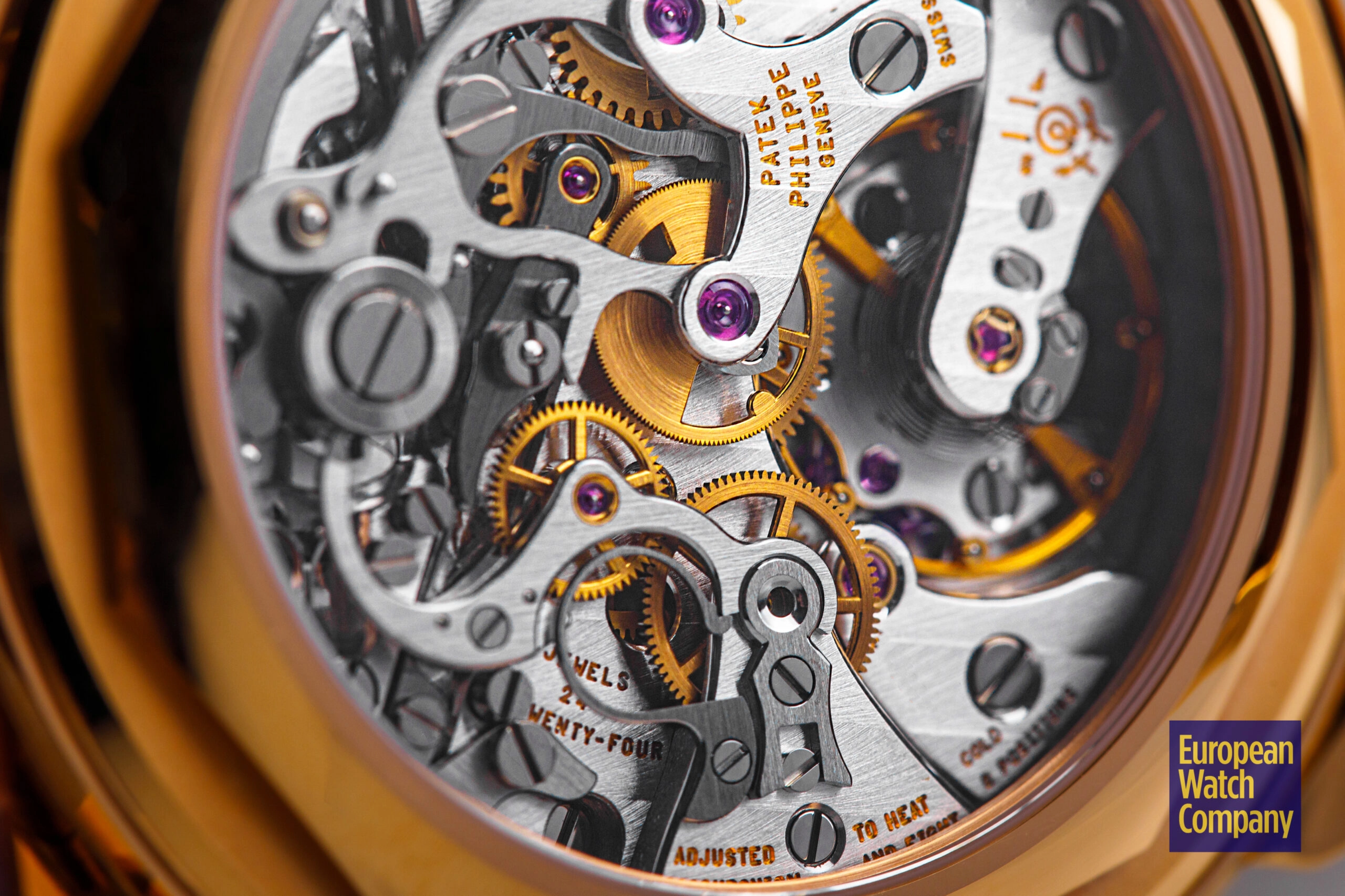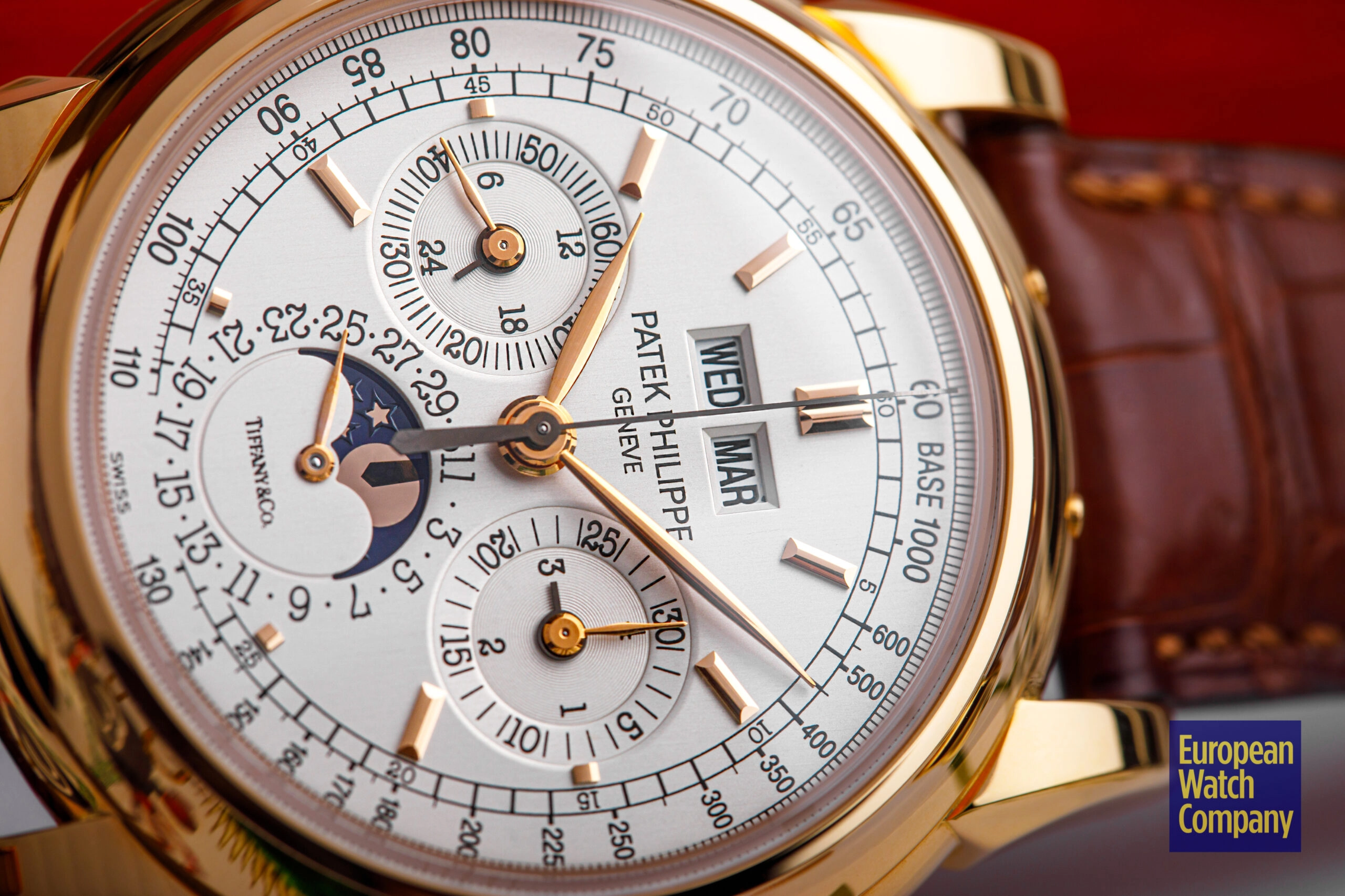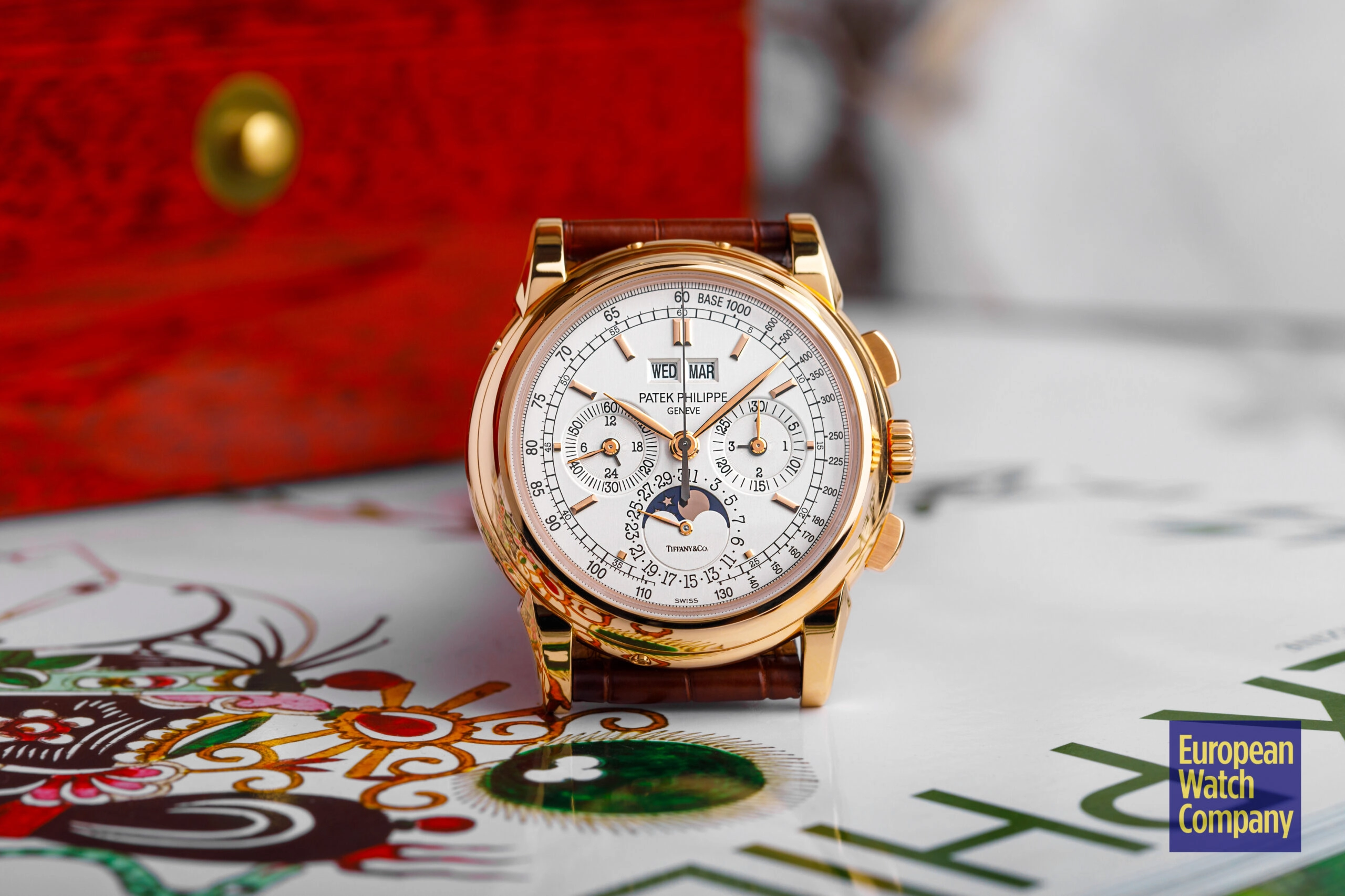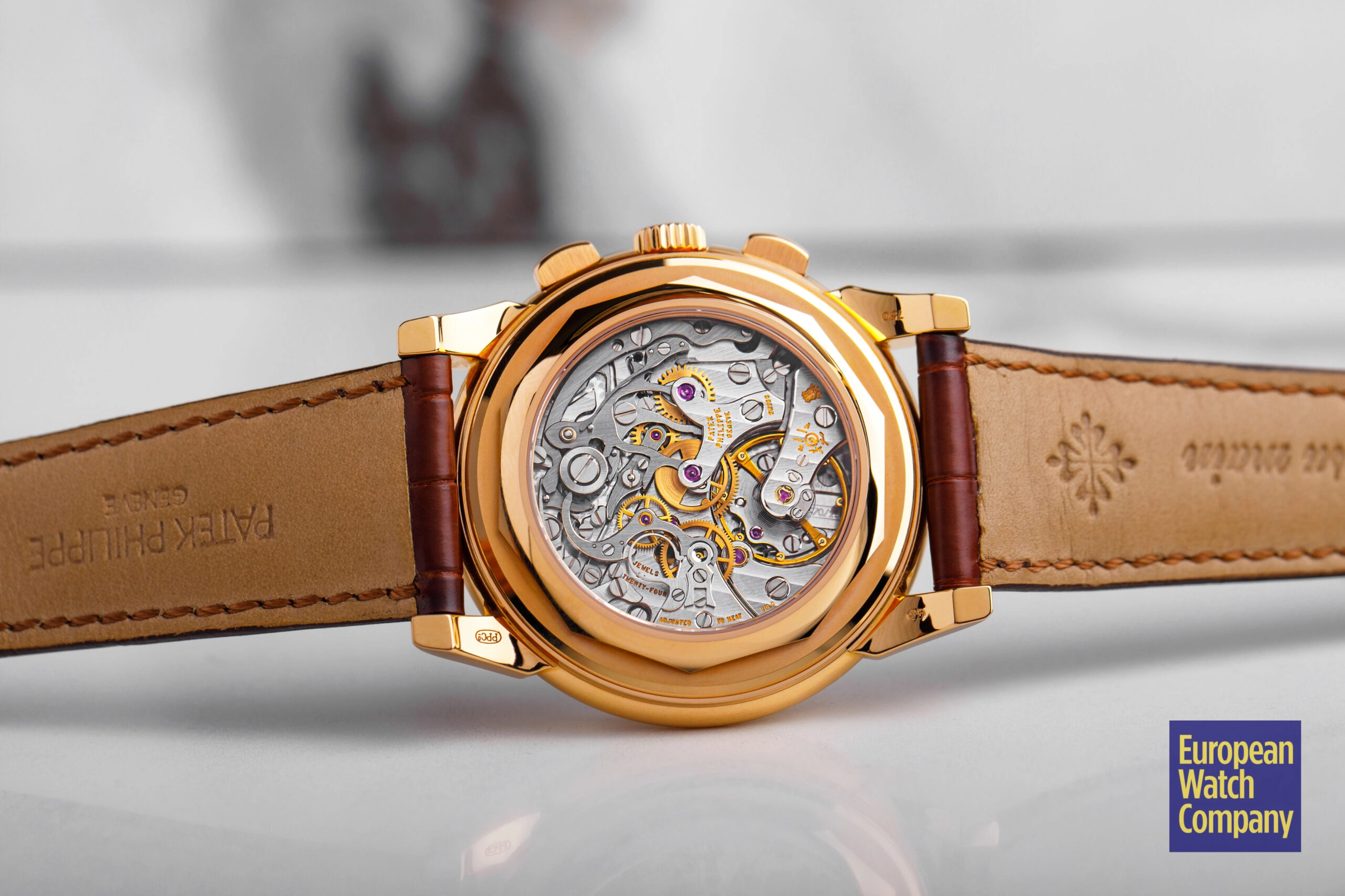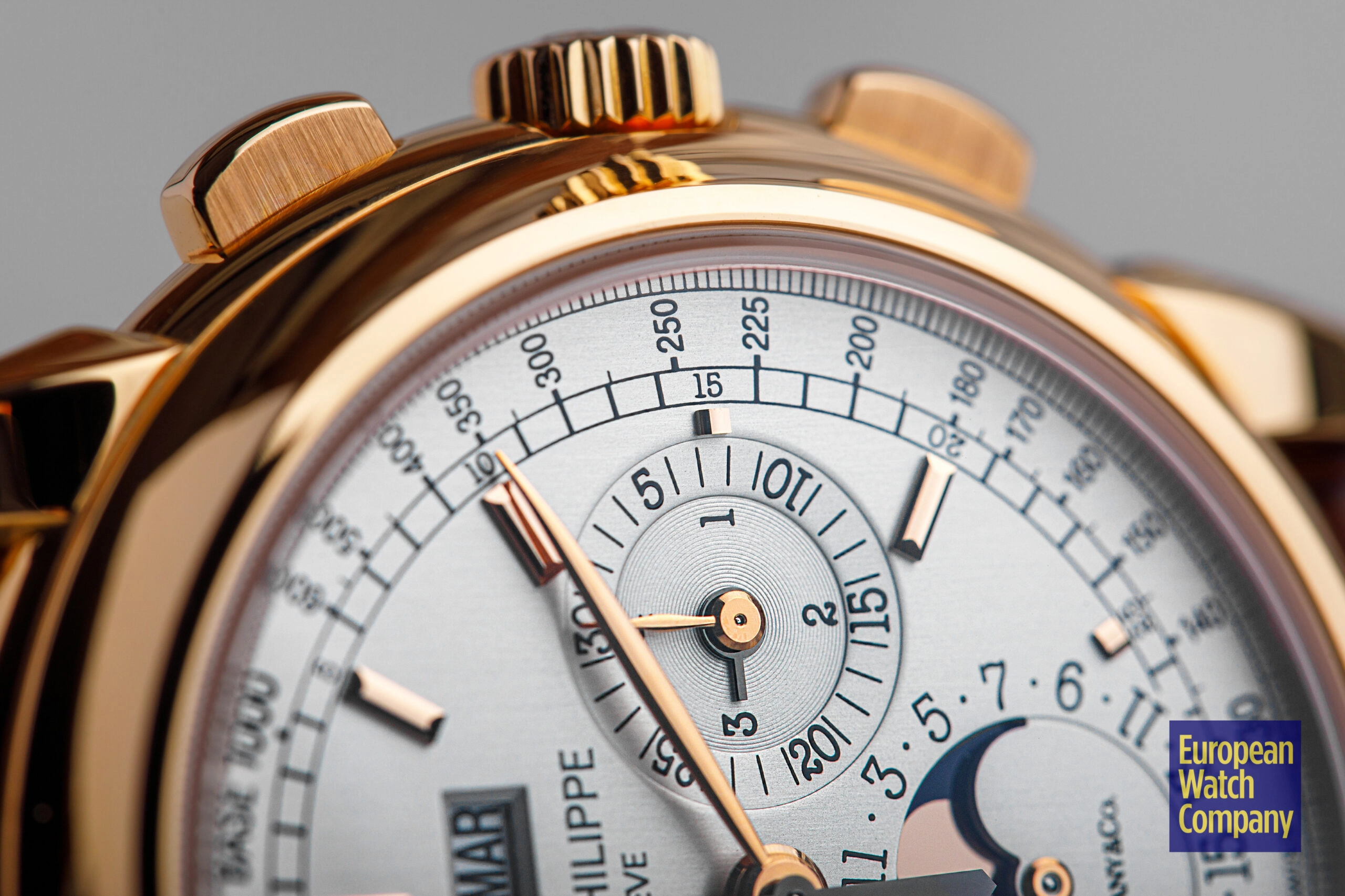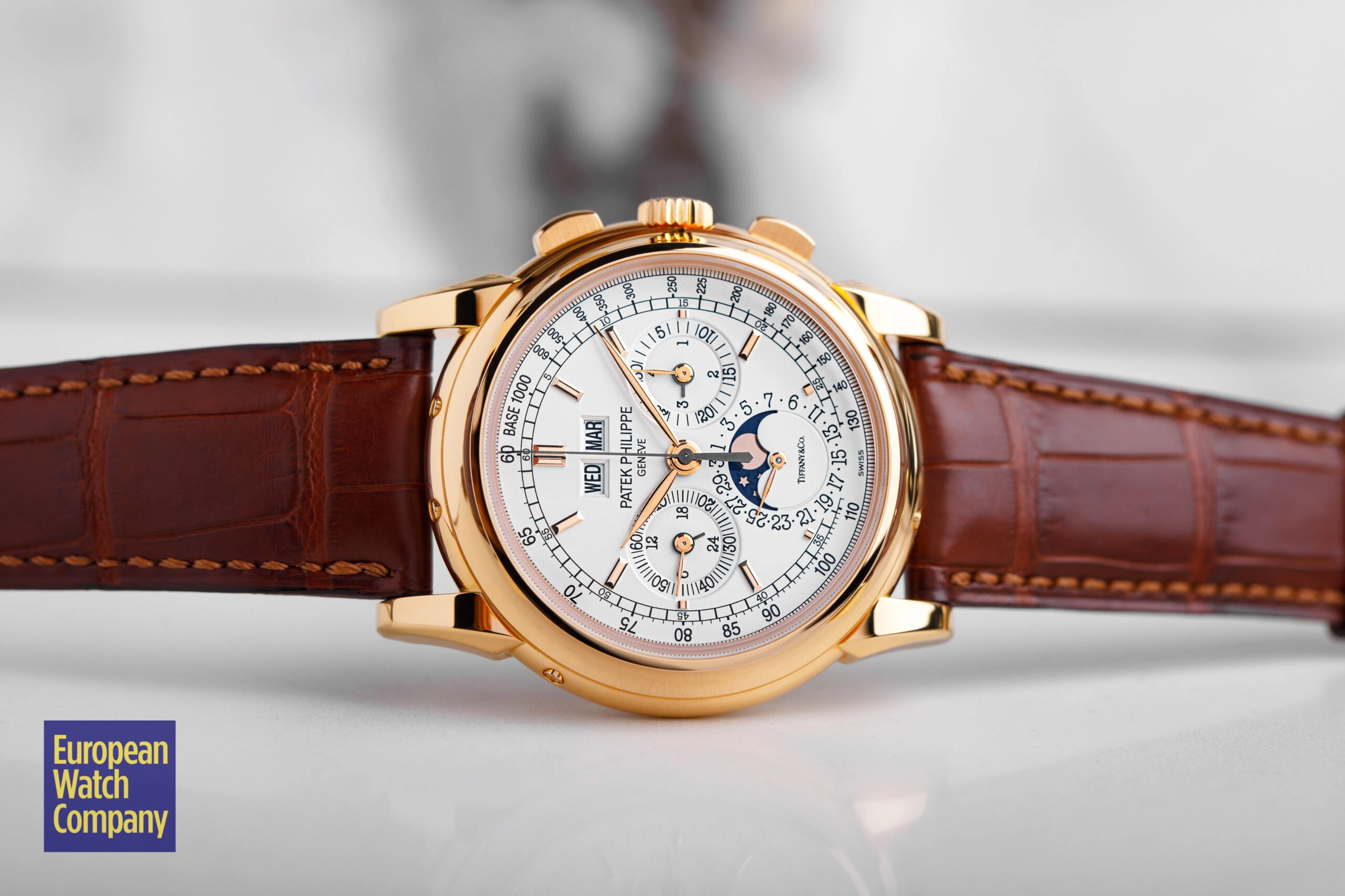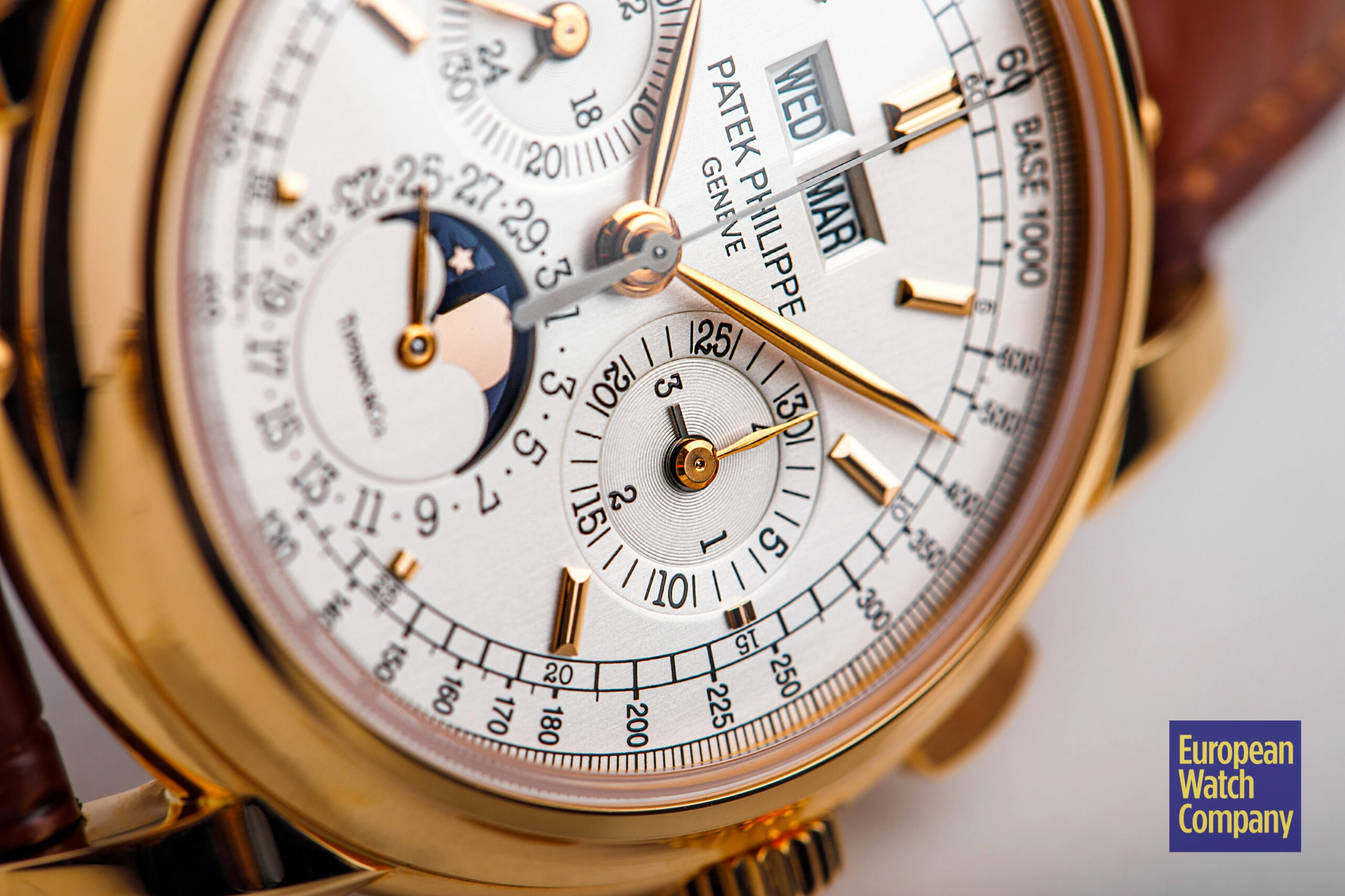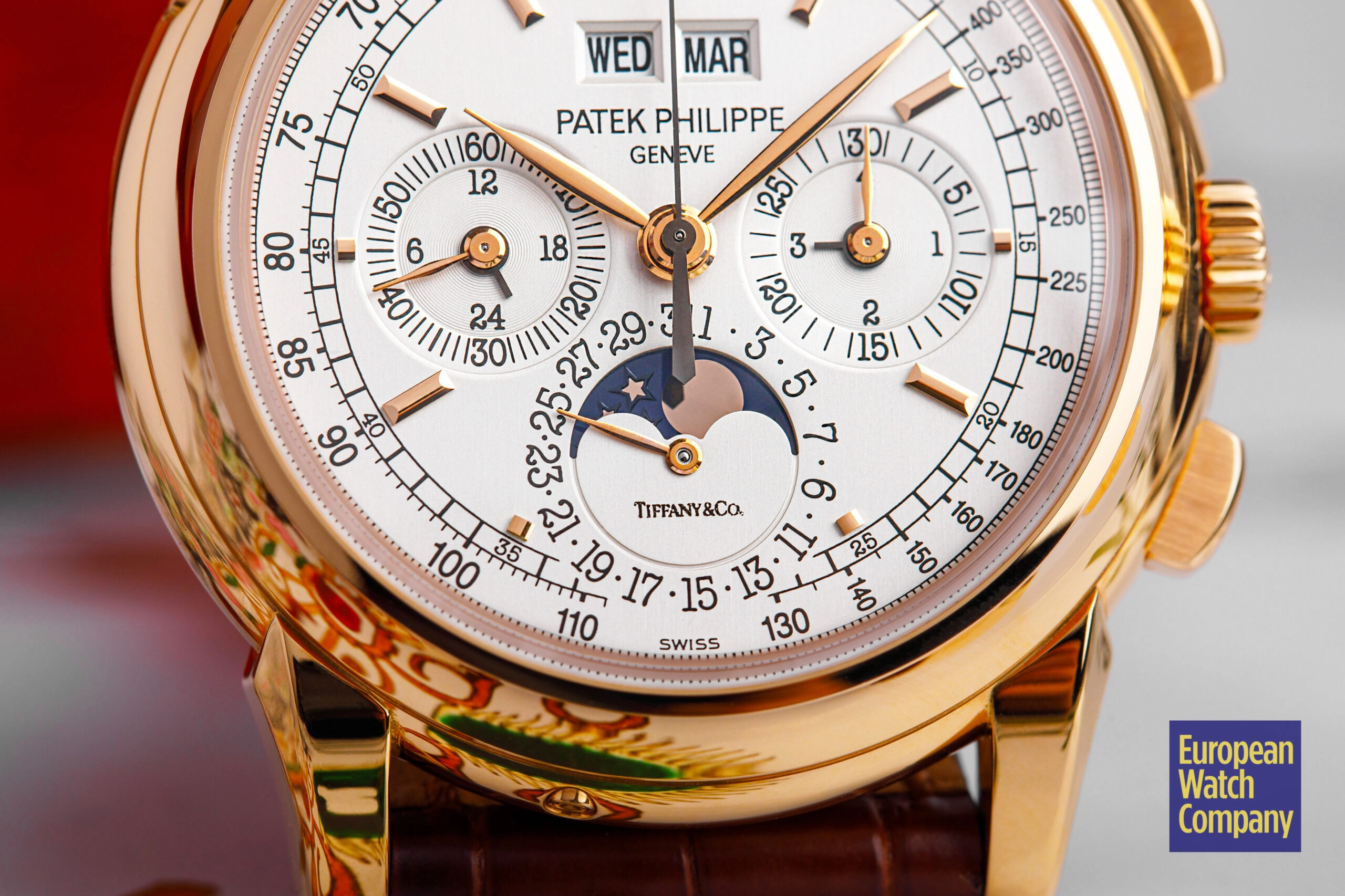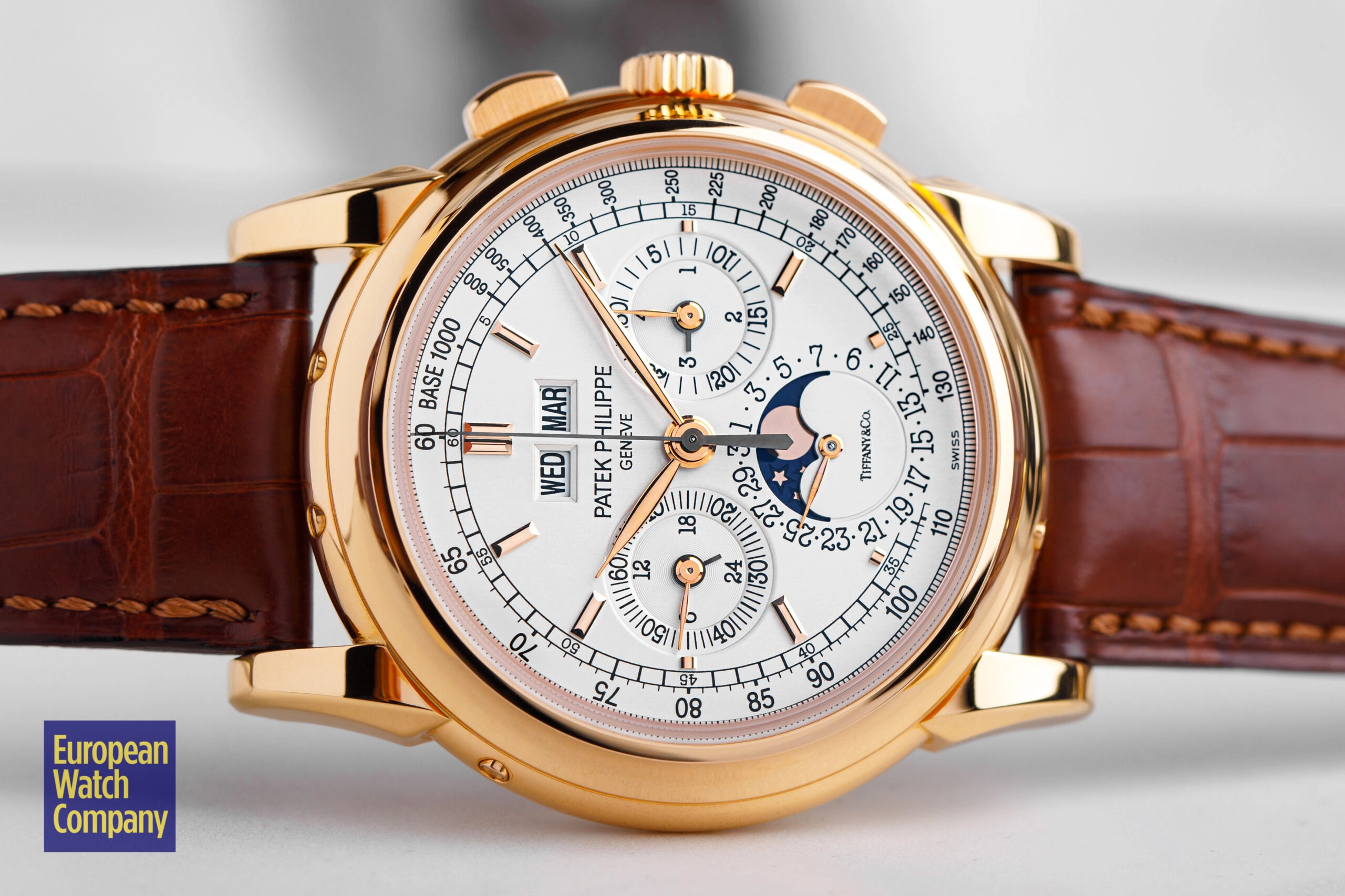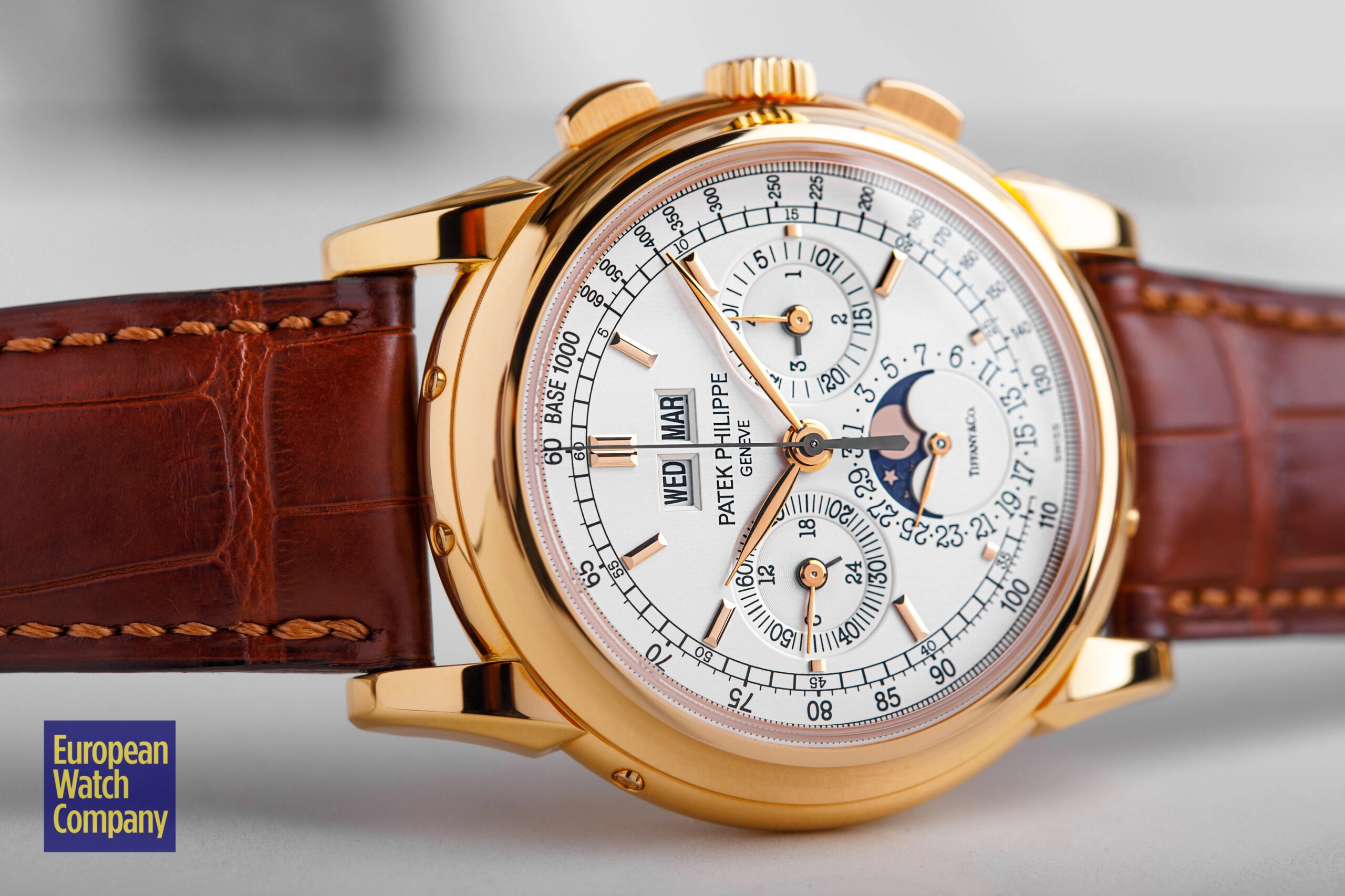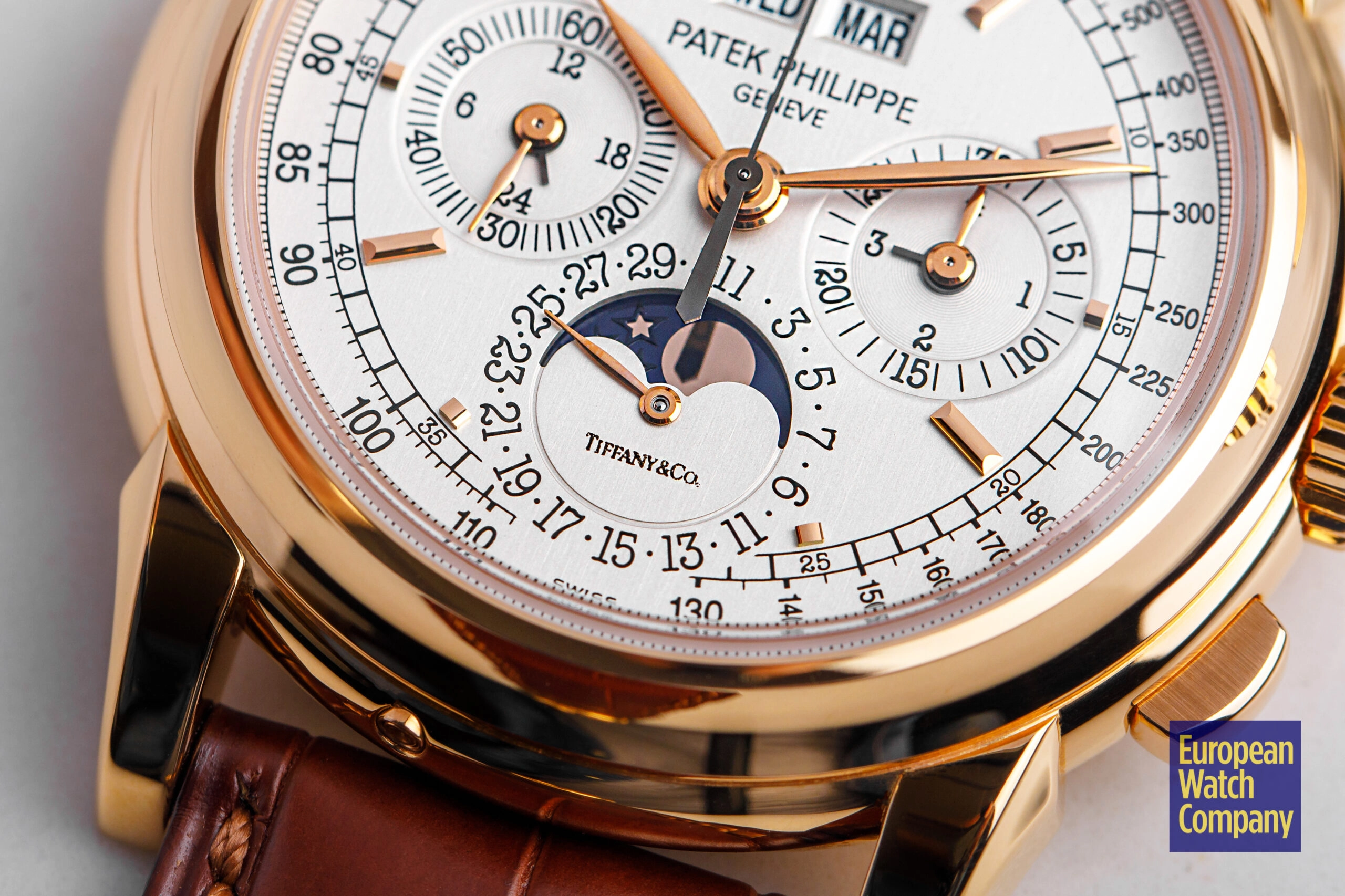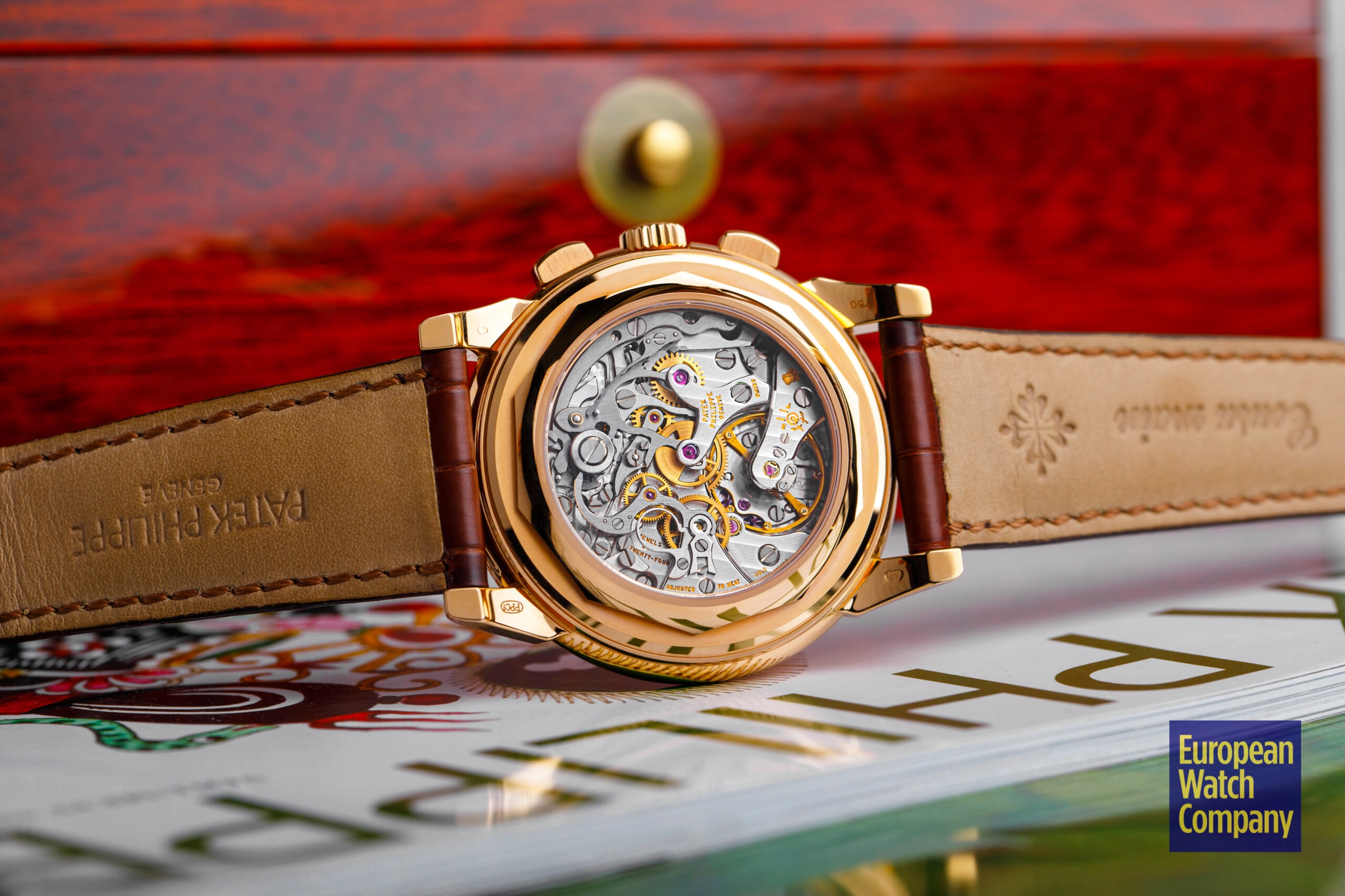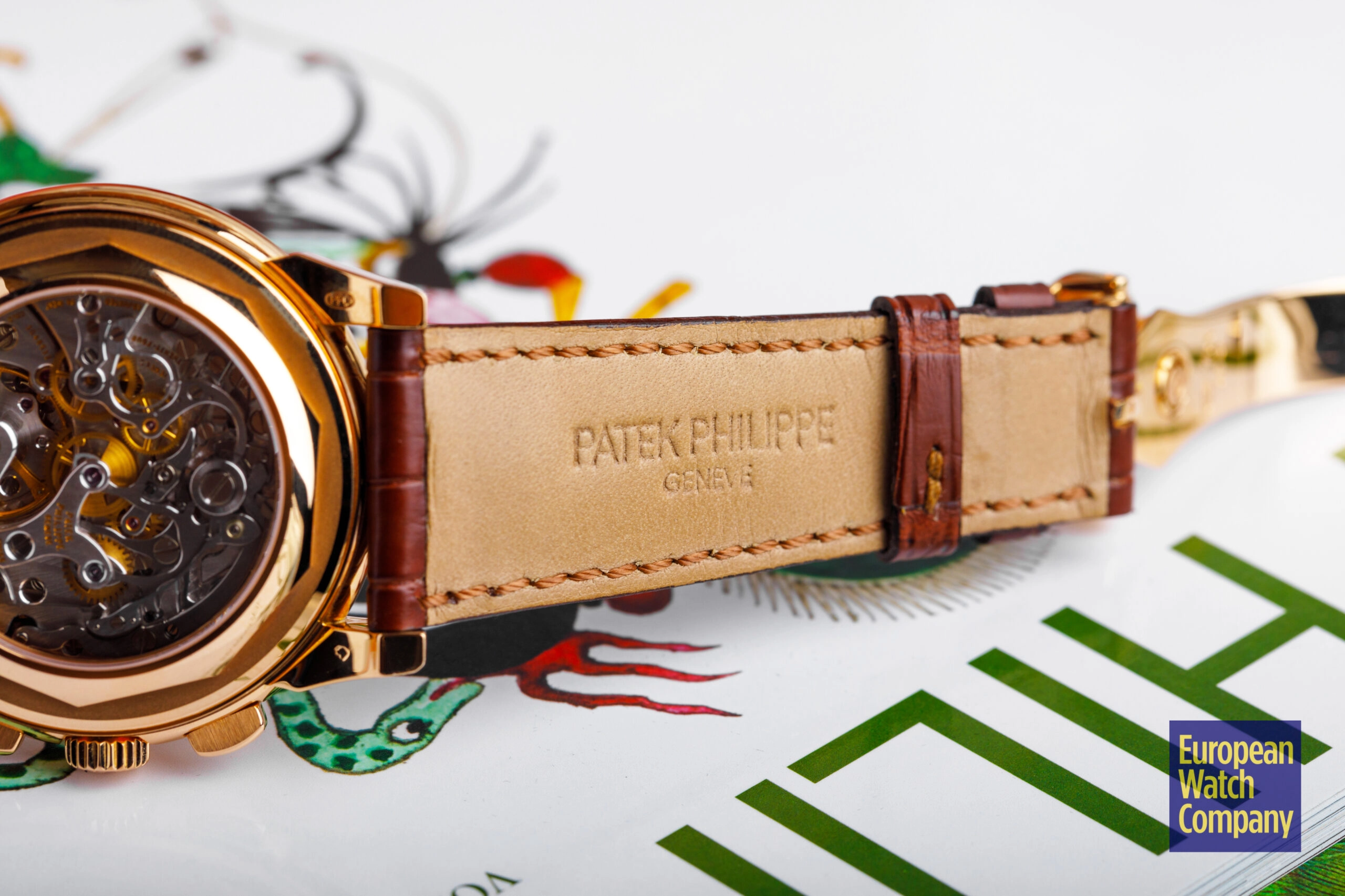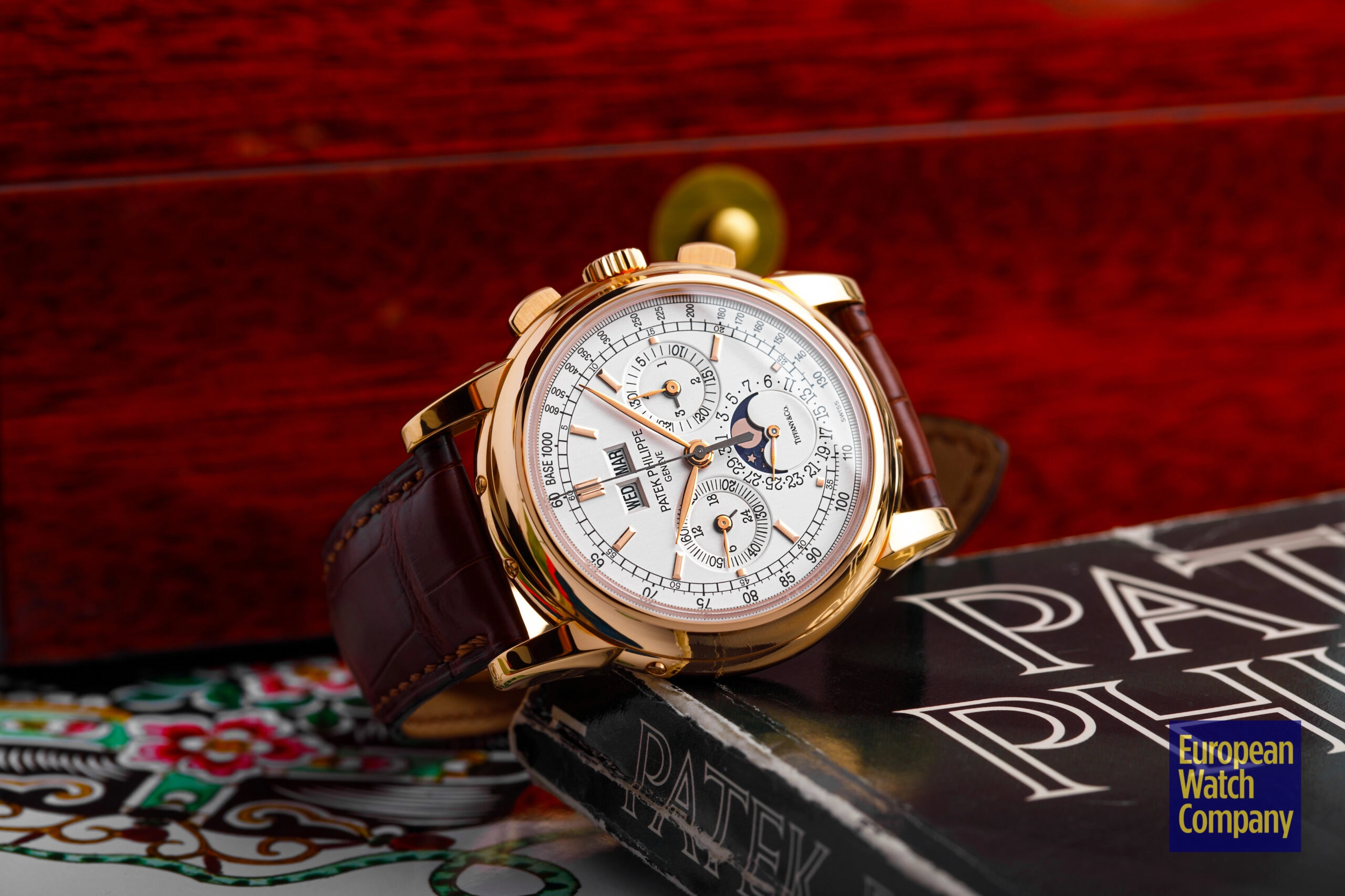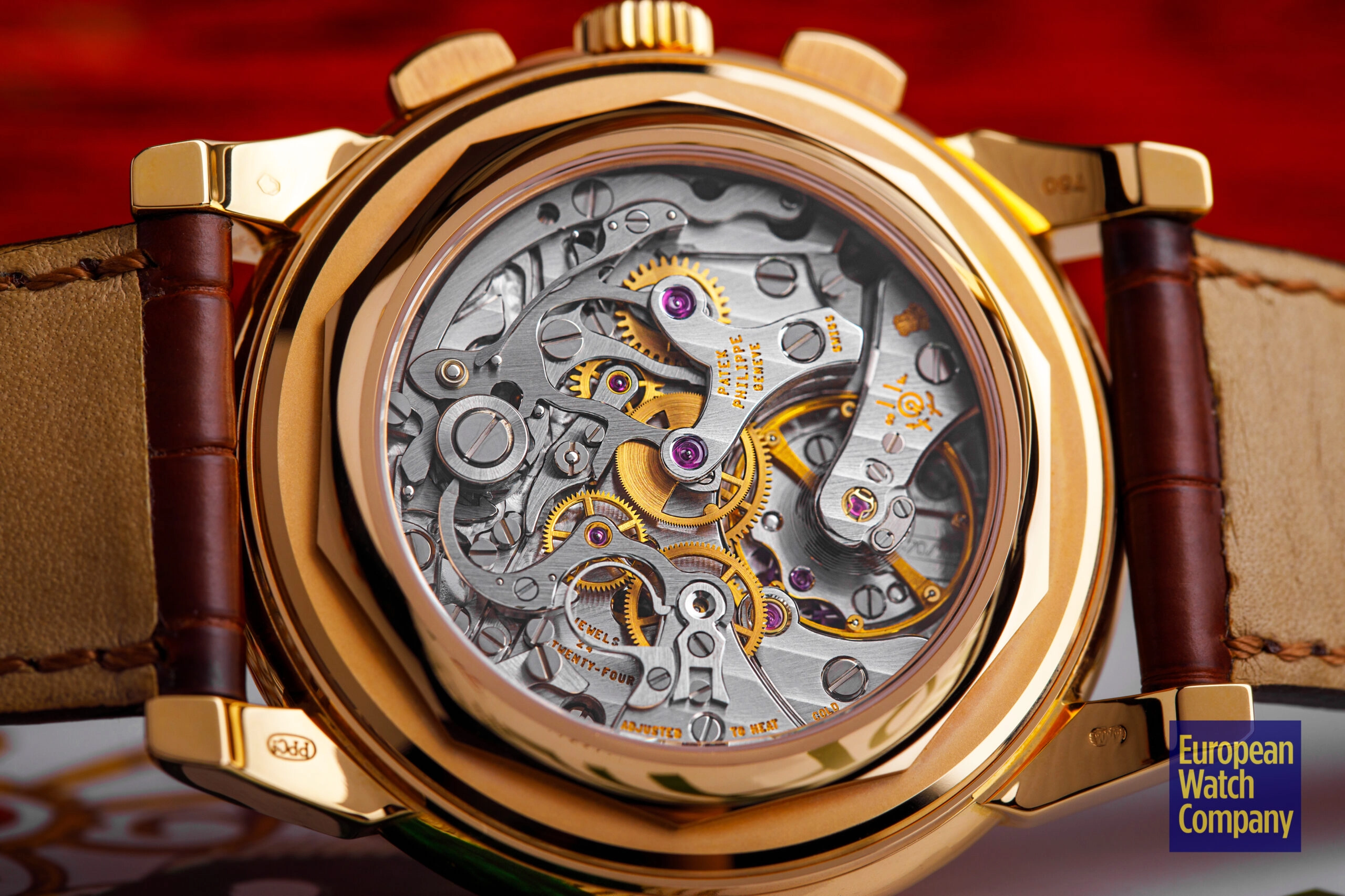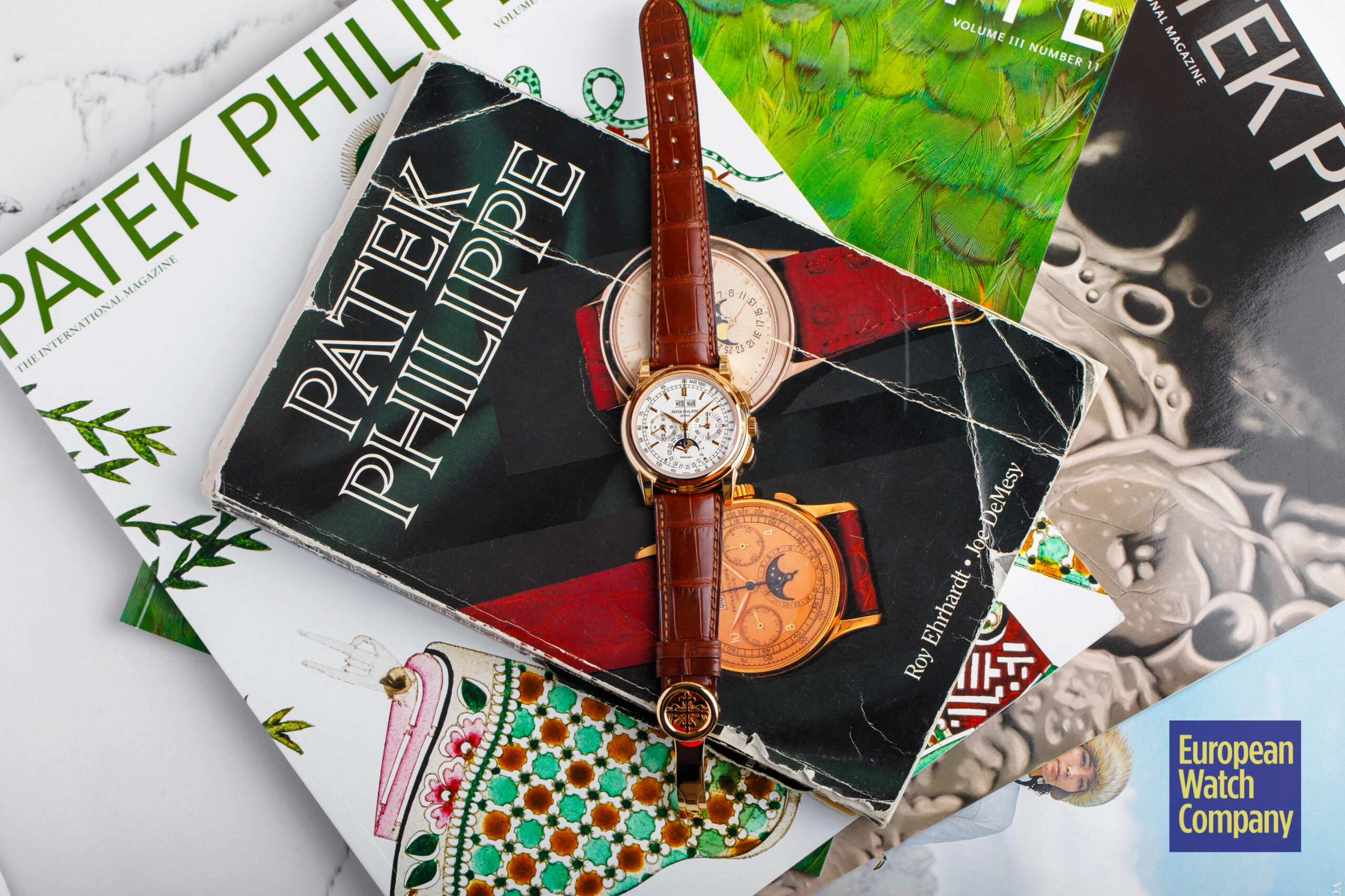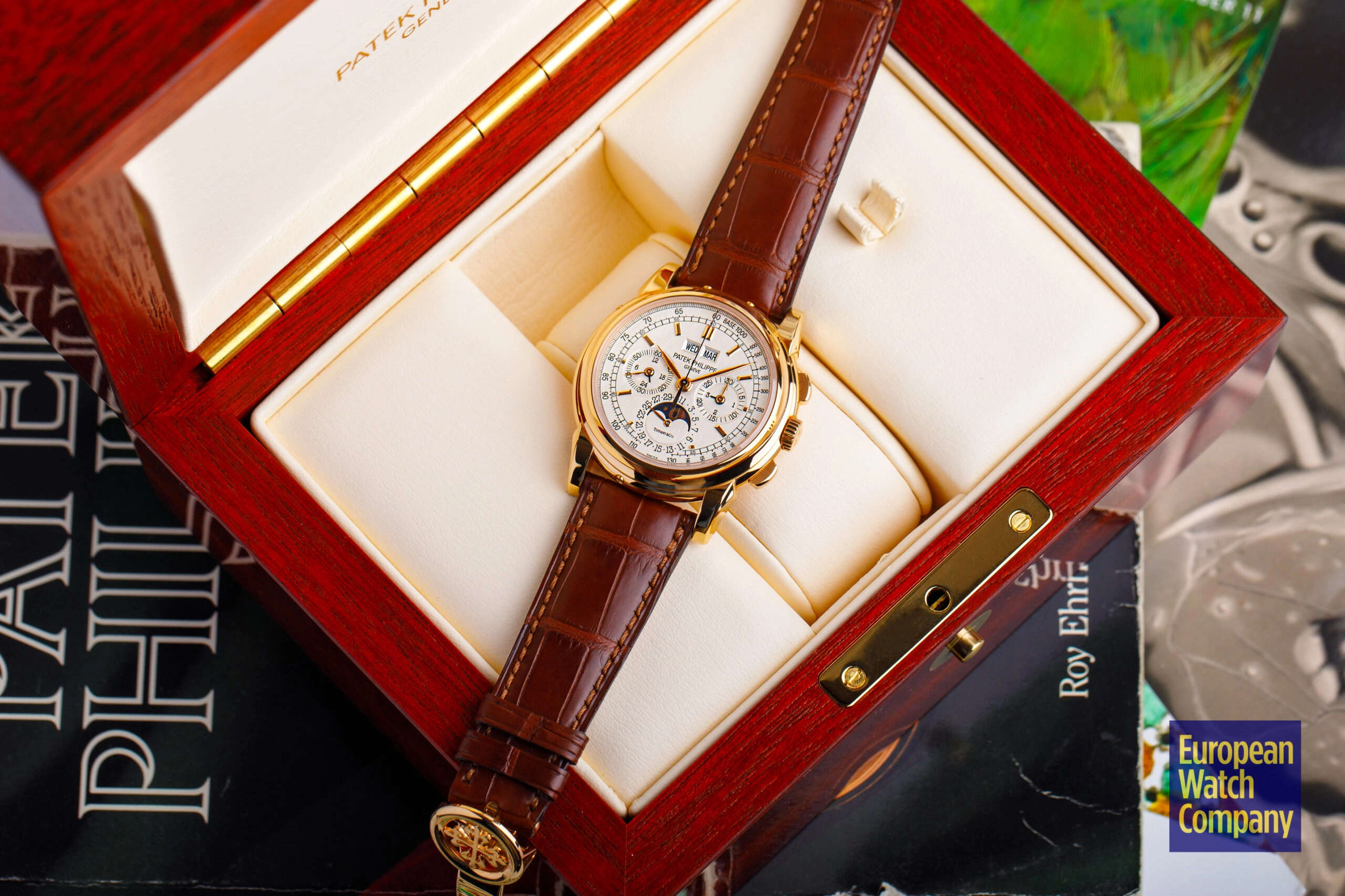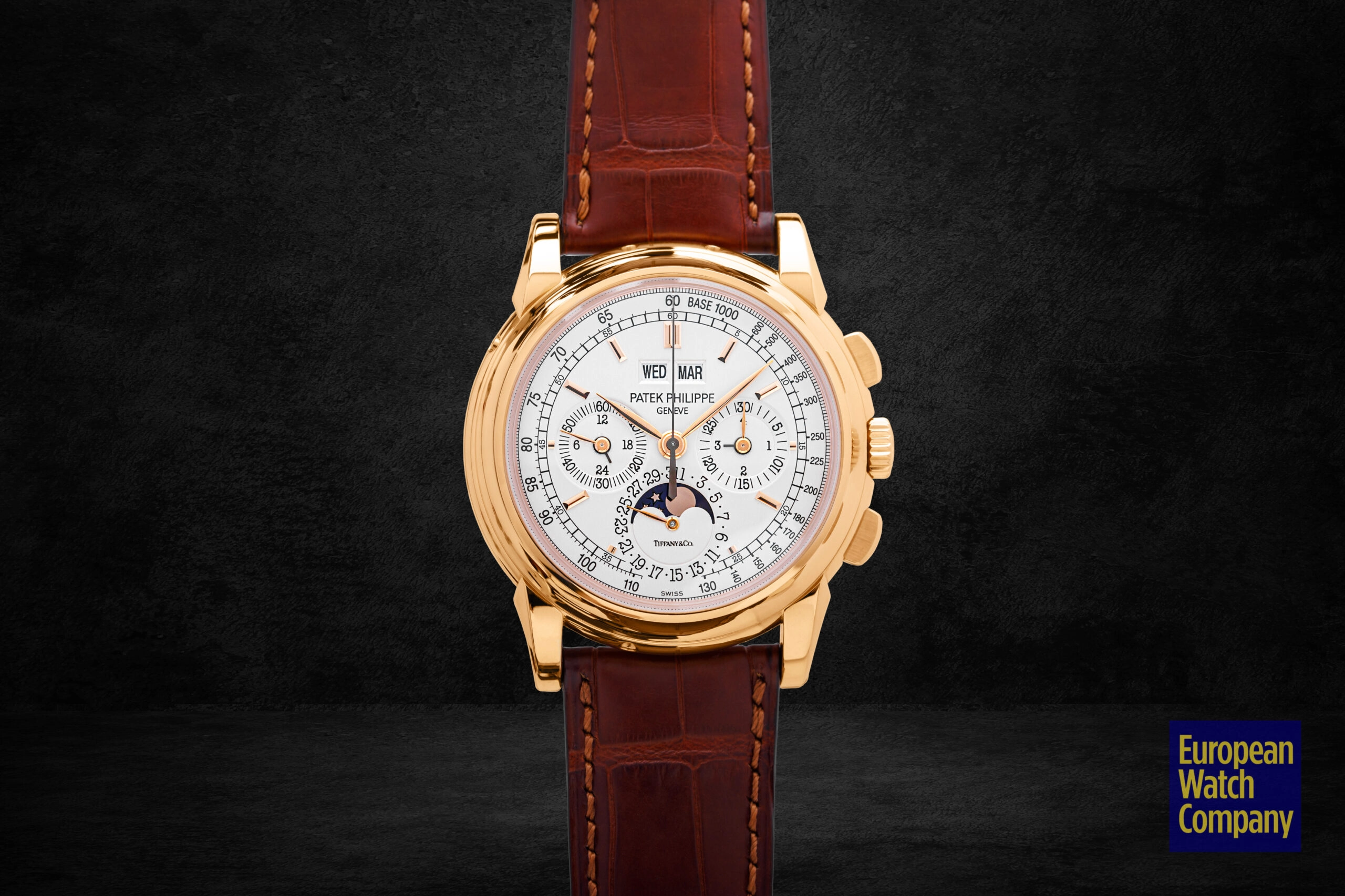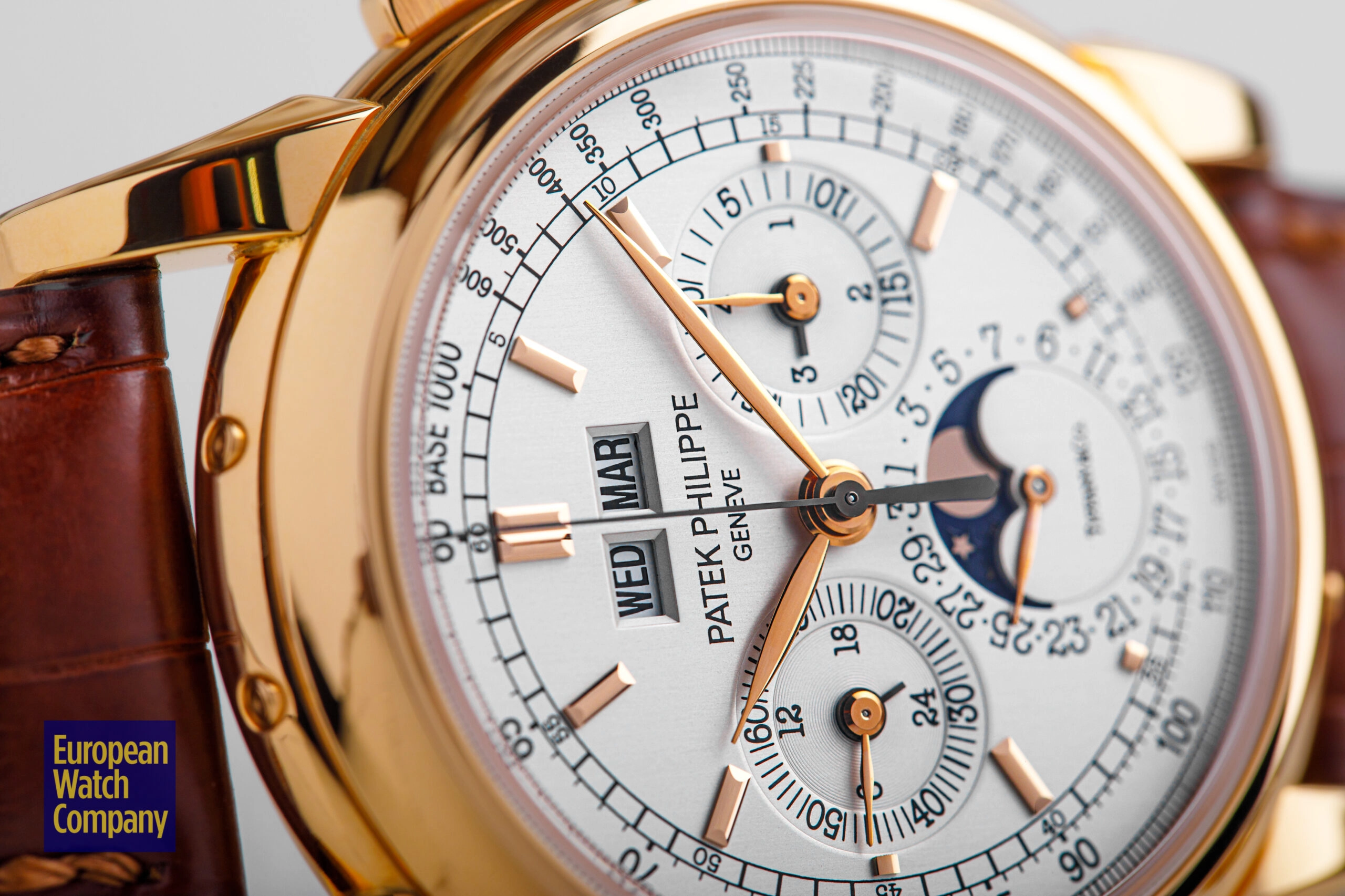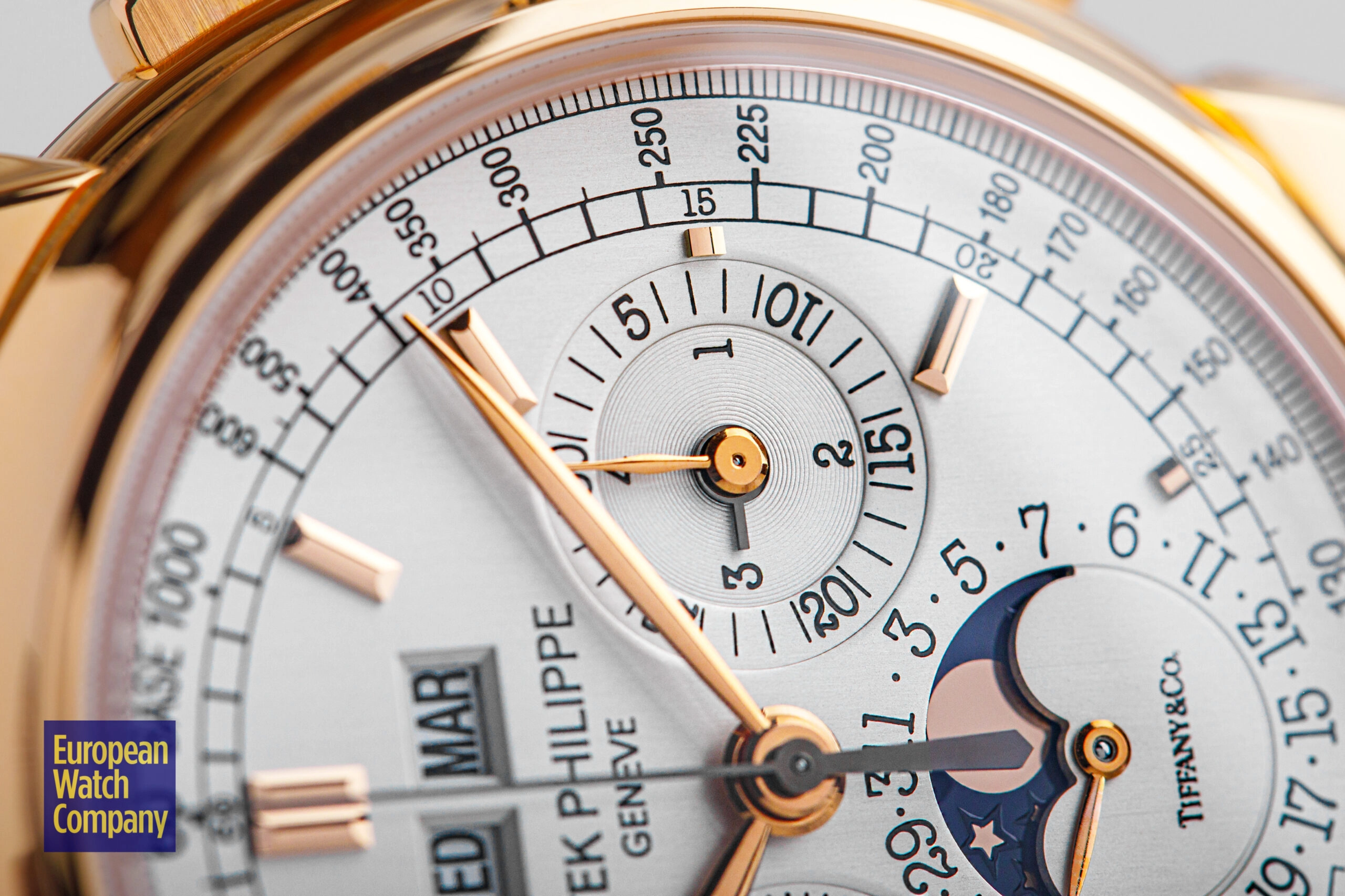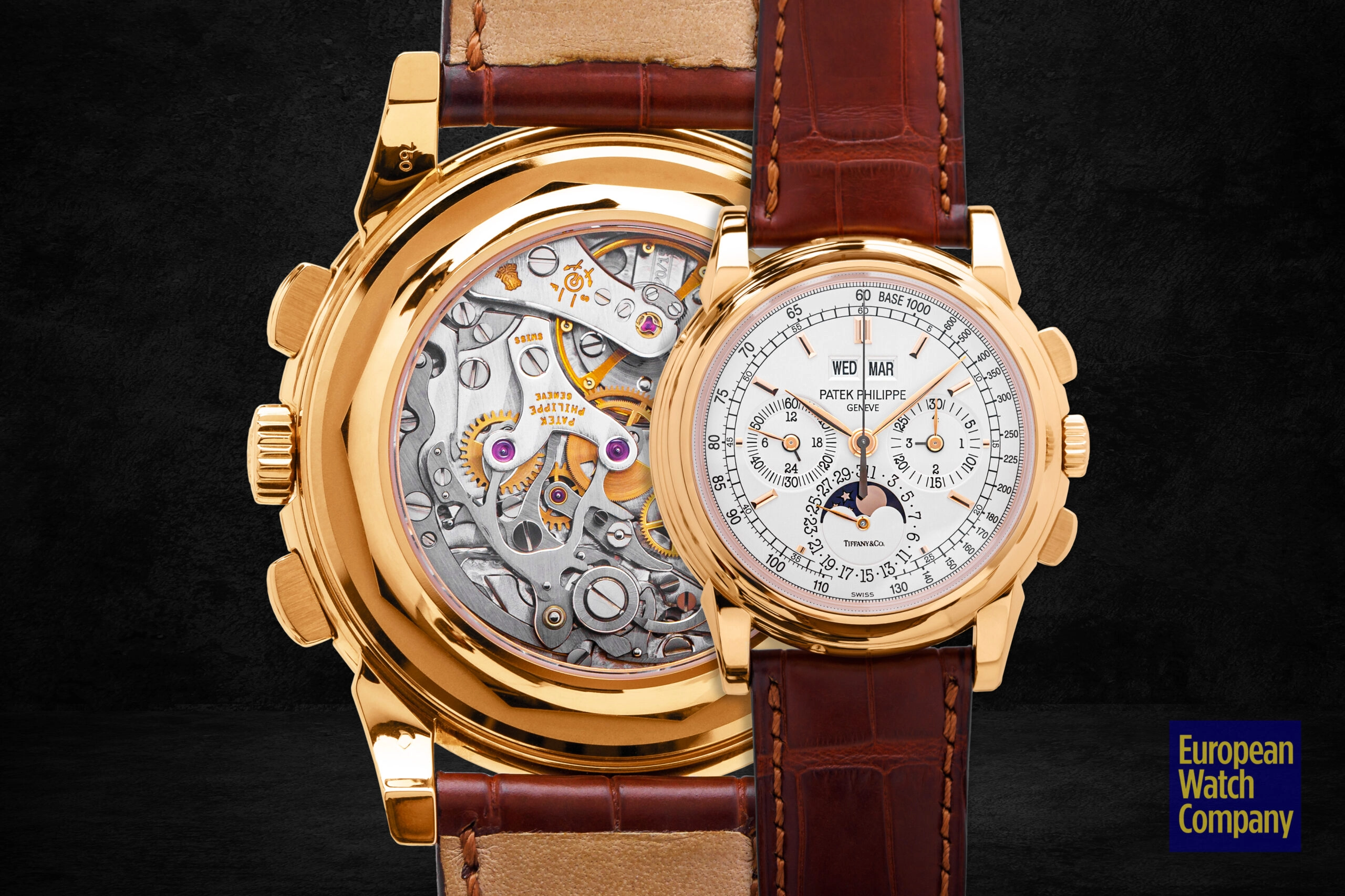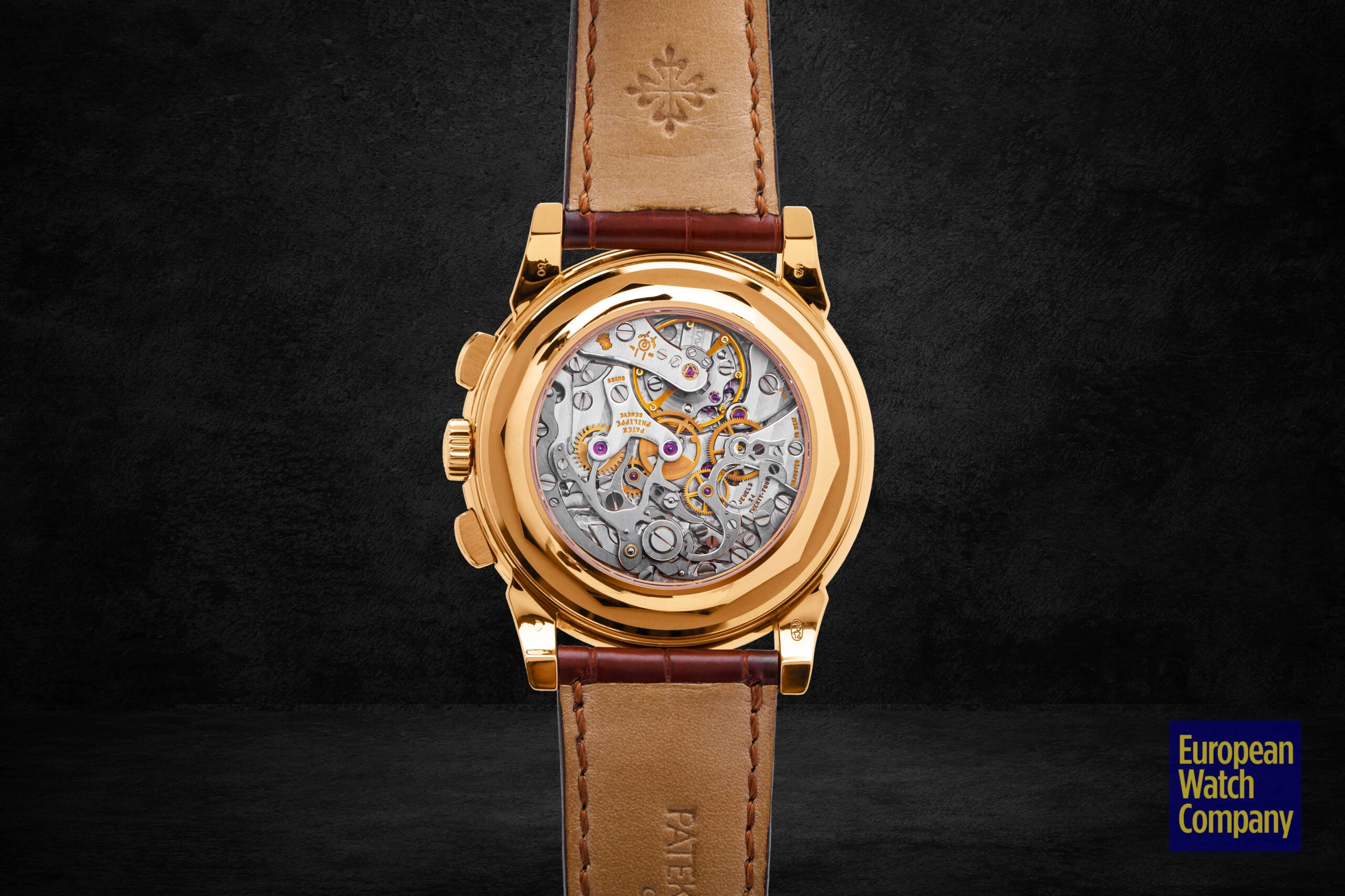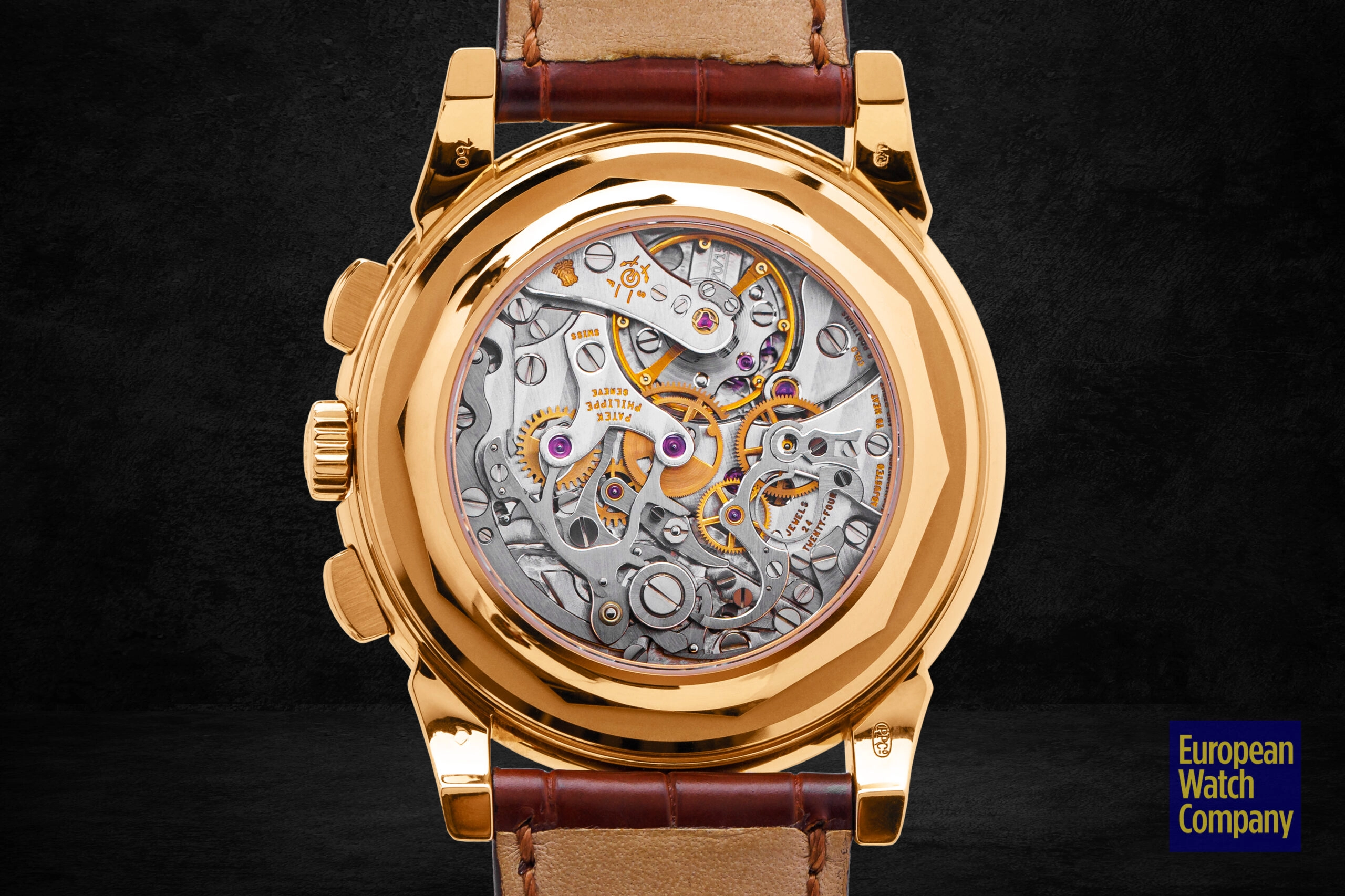A Breakfast That Has It All: The Patek Philippe 5970R Tiffany Dial
Patek Philippe
Of all the retail outlets in existence, Tiffany’s holds a special place in the watch and jewelry world. They've maintained a longstanding relationship with Patek over the years, and Patek Philippe watches with Tiffany stamped dials continue to be extremely desirable in collecting circles globally. The question troubling many collectors is whether or not these offerings will cease to exist, now that LVMH has taken ownership of the chain. No matter how you slice it, there's a charming obscurity to Tiffany Pateks, and their place in collecting lore will never be diminished. That’s exactly the special sort of exclusivity that a watch like the Patek Philippe 5970R Tiffany dial delivers, giving us plenty to talk about today.
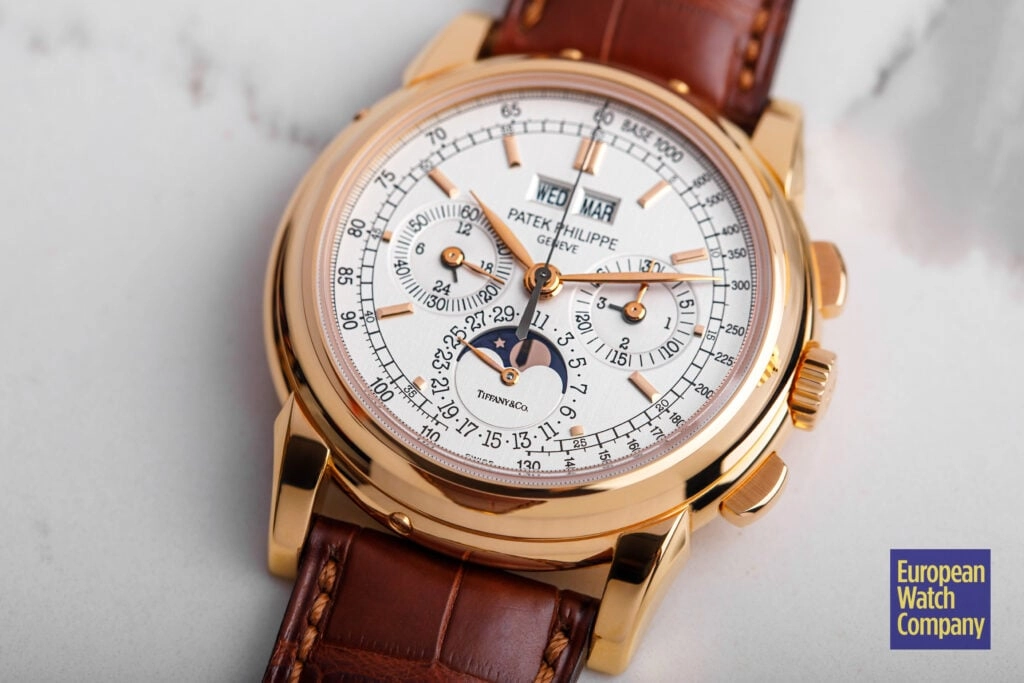
Patek Philippe 5970R Tiffany Dial
History
The Patek Philippe 5970R arrived as the successor to the brand's reference 3790—a watch that was designed by none other than Philippe Stern. Who was behind the design of the 5790, then? Philippe’s own son, Thierry. The father is an outsized legend in Swiss watchmaking, and it had to have been quite the nerve wracking test for the son, Thierry, to undertake. Still, he did, and we were graced with something that simultaneously modernized the watch—for instance, increasing the case size to meet modern tastes—while also giving a nod to the history of the watch, by bringing back the leaf-shaped hands. The development process of building the 5970 began in 2001, culminating in deliveries starting in 2004.
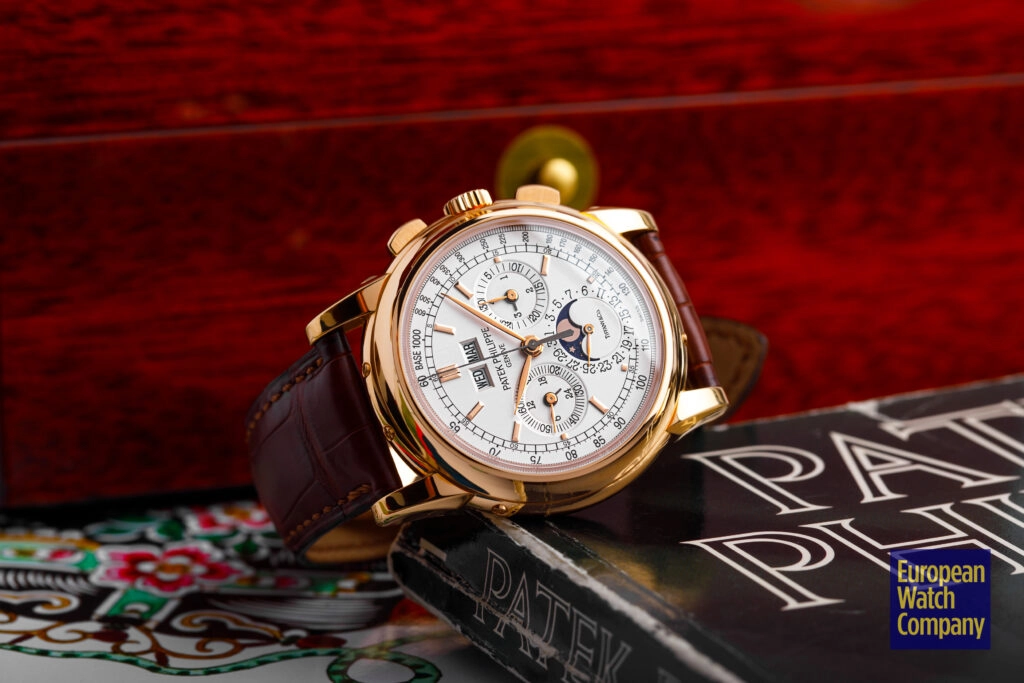
Patek Philippe 5970R Tiffany Dial
Design Details
The Patek Philippe 5970R Tiffany retains a design that can be traced all the way back to the Patek Philippe 1518 from 1941, the very first perpetual calendar chronograph that was produced by Patek. That lineage (which of course also includes the 3790) means that we have a familiar design theme running throughout the offerings made with this combination of complications.
First and foremost, the Patek Philippe 5970R Tiffany features a tachymeter scale around the outer edge, by which you can determine how fast something is traveling. Kick it off at the first marker, stop it at the second and you’ll see it indicate how fast you went. That’s not all this watch can do, not by a longshot. As the old infomercials used to tell us, “but wait, there’s more!”
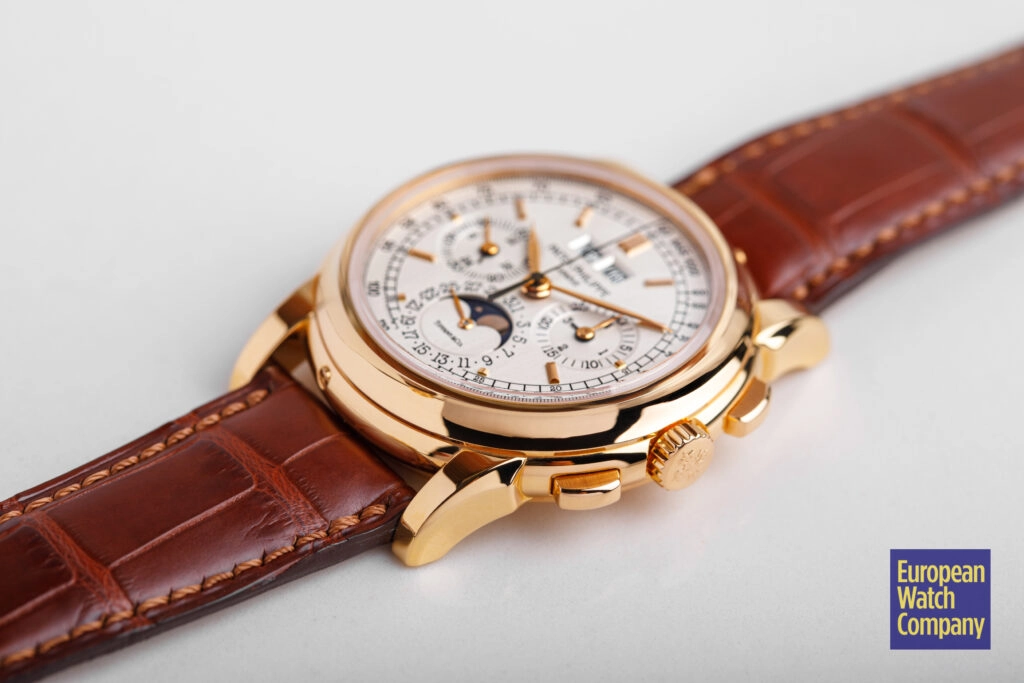
Patek Philippe 5970R Tiffany Dial
Starting at the 3 o’clock position, you’ve got a subdial that tracks the chronograph in 30-minute slices, as well as giving you an indication of whether it is a leap year or not (critical for a perpetual calendar). Down at 6 o’clock, we see the day of month and moonphase indicators, along with the Tiffany signature. 9 o’clock shows us both a 24-hour indicator and running seconds. Finally, at the 12 o’clock position, there are dual windows for the day and date indication.
In other words, the Patek Philippe 5970R Tiffany offers everything you could possibly want in terms of date and time indications. The 40mm case size helps it all to stay legible, as does Patek’s design choice of pushing the 6 o’clock register slightly into the tachymeter scale. And though the watch shares basically the same movement that its smaller predecessor had, there is no extra white space to be found. Wisely, Thierry Stern upsized the dial elements to take full advantage (read: increase the legibility) of the larger dial the case afforded.
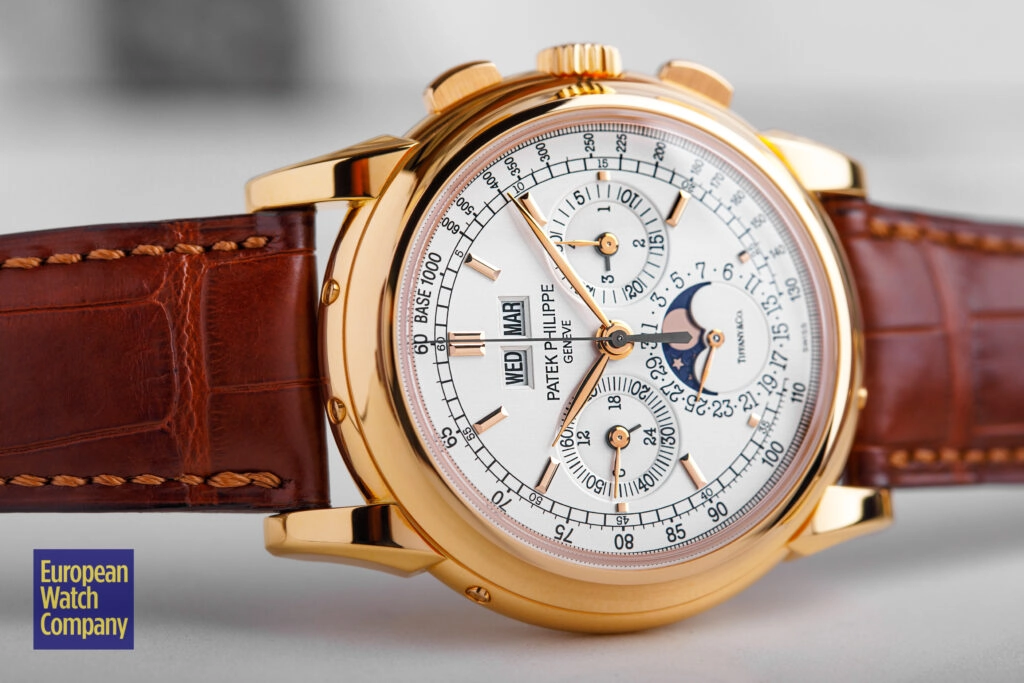
Patek Philippe 5970R Tiffany Dial
We must also note the lugs on the Patek Philippe 5970R Tiffany, as they are particular to the 5970. A closer examination reveals the multitude of angles, and how they swoop in to join with the curves of the case. In this way, they act as a bridge between the rounded case profile and the rectangular chronograph pushers. No doubt these provided a tricky problem to solve, retaining the sharp edges while still getting them polished, all pointing to an absolute dedication to craft.
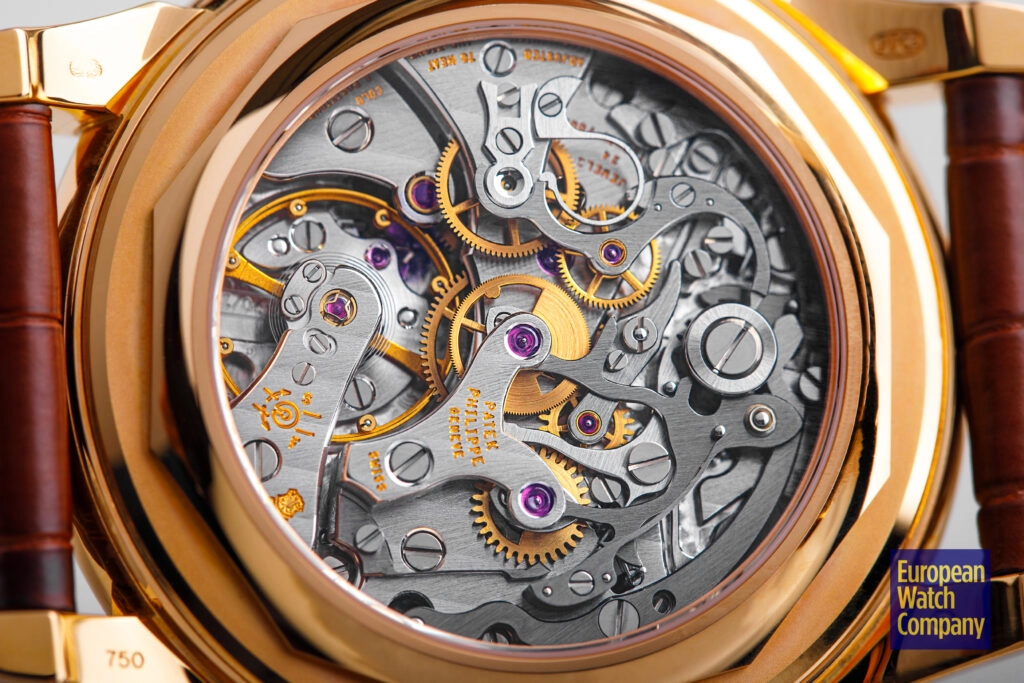
Patek Philippe 5970R Tiffany Dial
Inner Workings
With the movement, the Patek Philippe 5970R Tiffany marks another piece of history for Patek, as it is the last model to feature the Lemania-based CHR 27-70. This was driven by the decision of Swatch Group to stop selling their movements to other brands, and is why the subsequent model — the 5270 — went to an in-house movement.

Patek Philippe 5970R Tiffany Dial
With the CHR 27-70, we see what can be done with a movement. It started life as a Lemania 2310 column wheel chronograph movement, which would also be known as the movement that powered the Omega Speedmasters that went off into the starry skies. Starting from that rather-accomplished base, Patek introduced a number of improvements to the caliber, including a free-sprung Gyromax balance that’s heat- and cold-compensated and adjusted in eight positions. Along with other improvements in the balance spring and shock absorption, there’s a level and quality of finishing that you do not see that often. All of it combines to result in a movement that carries the Geneva Seal, and one that you could easily get lost in, with or without the assistance of a loupe.
This is not to overlook the technical challenge that a chronograph or perpetual calendar brings to the table on their own. To combine these, along with a moonphase complication, is something that not many would want to tackle. Some try, but not many will accomplish it with the level of artistry that Patek Philippe is able to do.

Patek Philippe 5970R Tiffany Dial
Versus The Competition
If you’re considering Patek Philippe, much of the competition you’re going to consider is also coming from the brand. You could of course go with the in-house movement of the newer 5270, ditch the chronograph with the 5050, or even pick up an annual calendar that is also Tiffany-signed
If you want to look outside of Patek, but still have an incredible number of complications in your watch, something like the A. Lange & Söhne Tourbograph, Audemars Piguet Royal Oak 25820SP, or the IWC Da Vinci Tourbillon Perpetual Calendar Chronograph would no doubt get the job done.
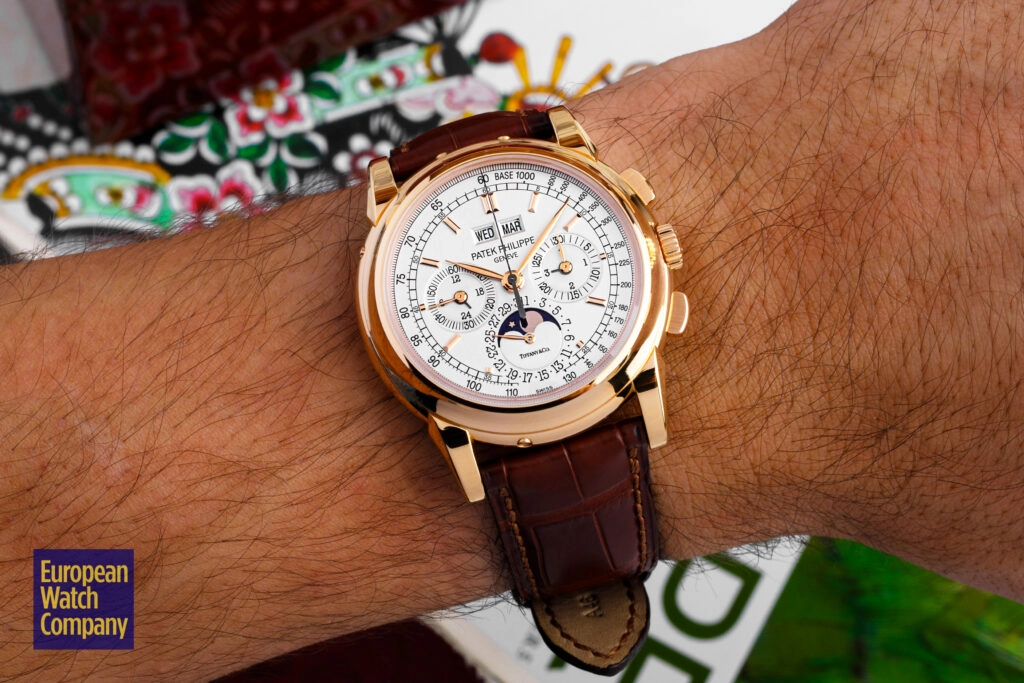
Patek Philippe 5970R Tiffany Dial
Personality
For a watch as complicated as the Patek Philippe 5970R Tiffany is, it accomplishes what it does with confidence. It’s a confidence that comes from a design that hit it out of the park over 80 years ago, and has continued to do it well with only minor adjustments since that first design. While the watch itself can certainly do a fair amount, it does not do so at the cost of the most basic things we require of a watch - telling us the time, and perhaps the date. These are the most common elements one would take advantage of, with all of the other elements waiting to be called upon and tell you just how fast, say, the next owner (your child, of course) wheeled their bike around the track.
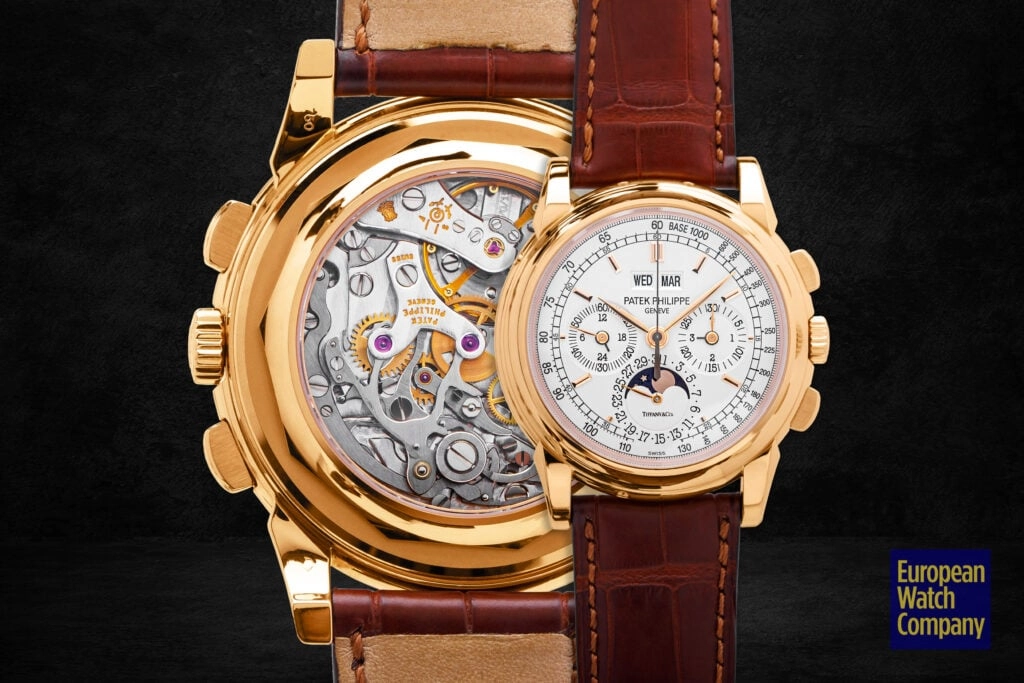
Patek Philippe 5970R Tiffany Dial
Final Thoughts
For a watch as polished and capable as the Patek Philippe 5970R Tiffany, it carries its elegance in a very subtle package. It does not hit you in the face with all of the amazing things it can do (or how it’s calendar will keep consistent track of things), allowing the rose gold to highlight and enhance the features. In the same vein, it carries its Tiffany association quietly, with no more than a subtle signature on the lower portion of the dial. This is a watch that will no doubt reflect its owner – someone who is confidently competent and always knows what they want for breakfast.
